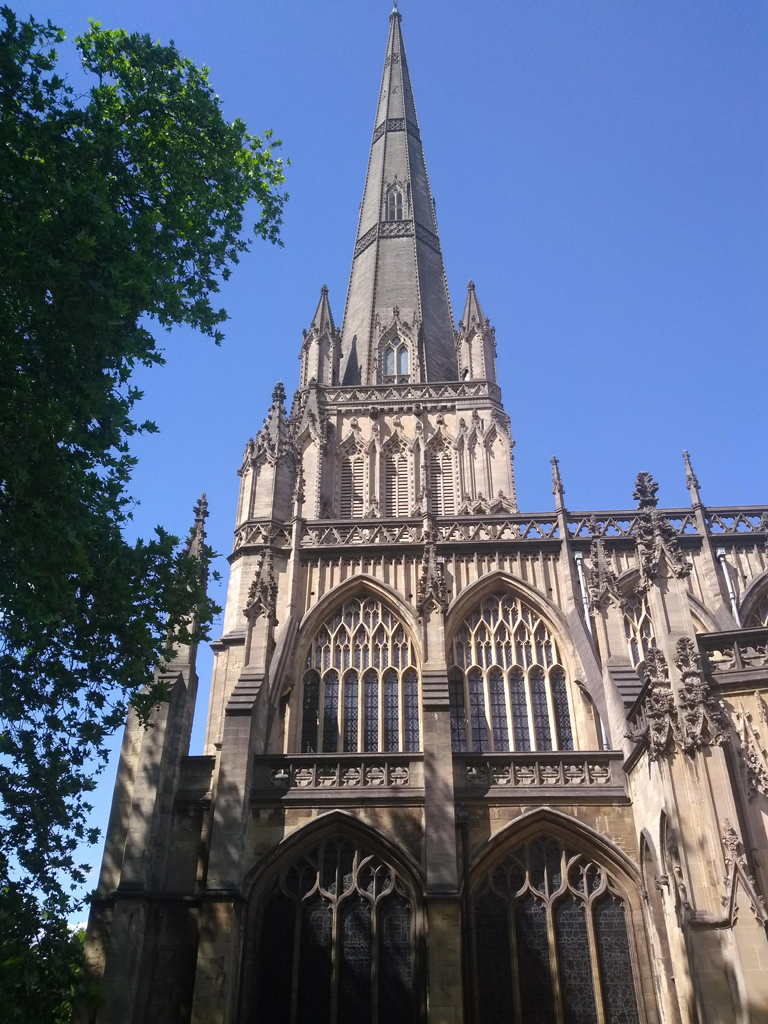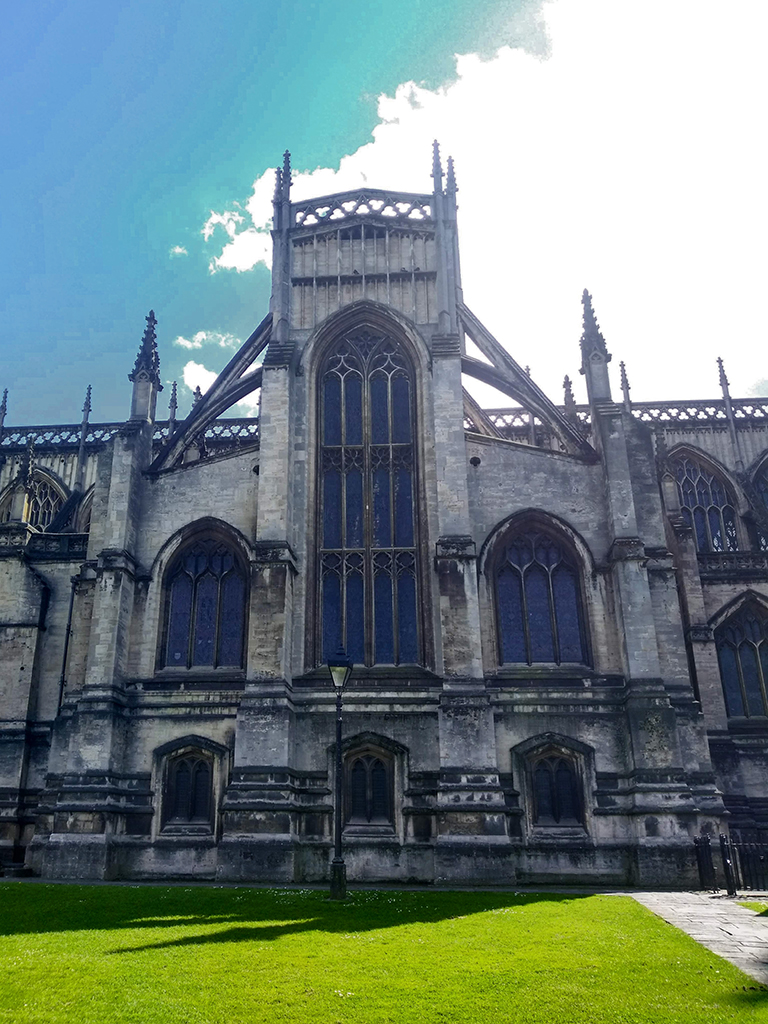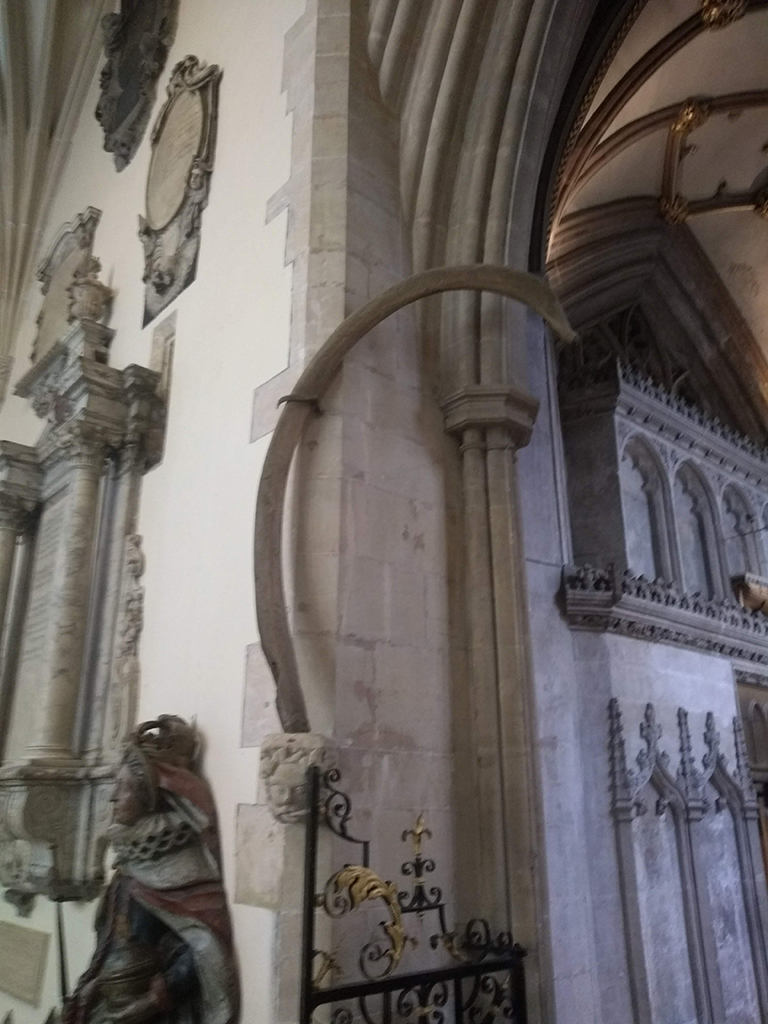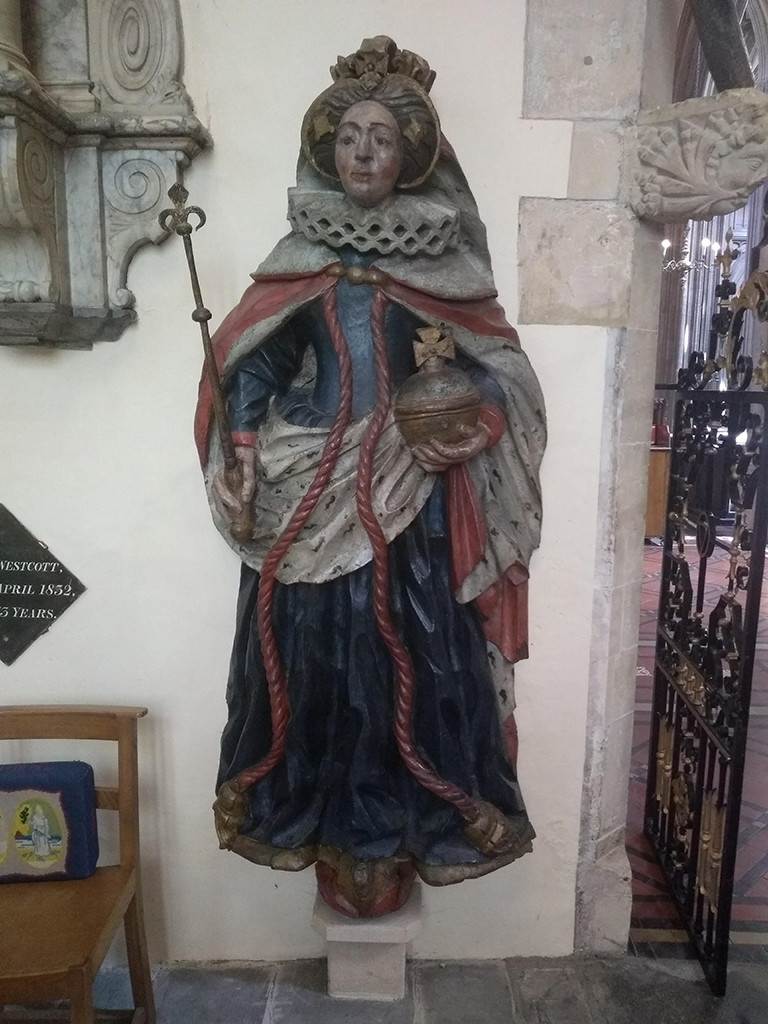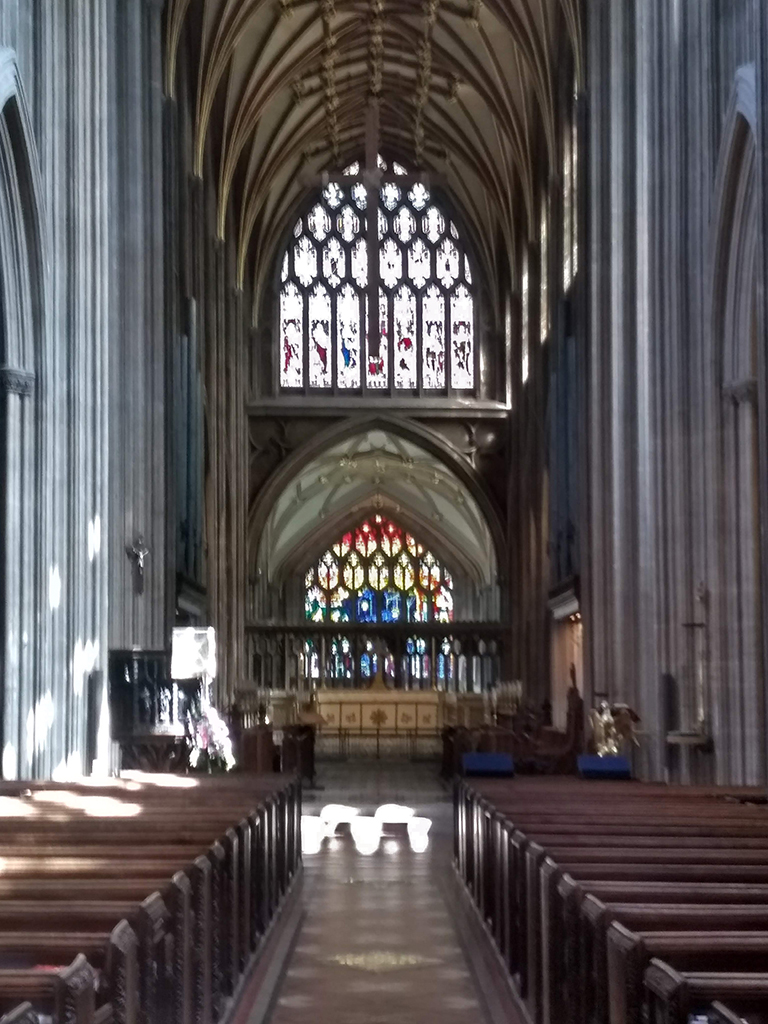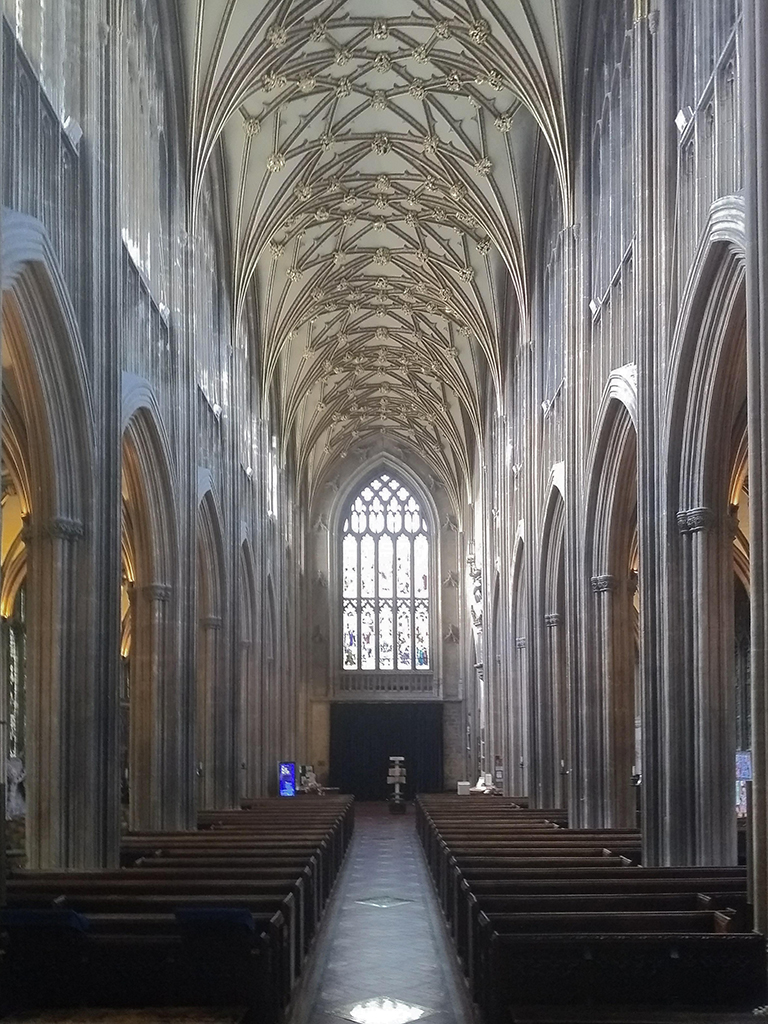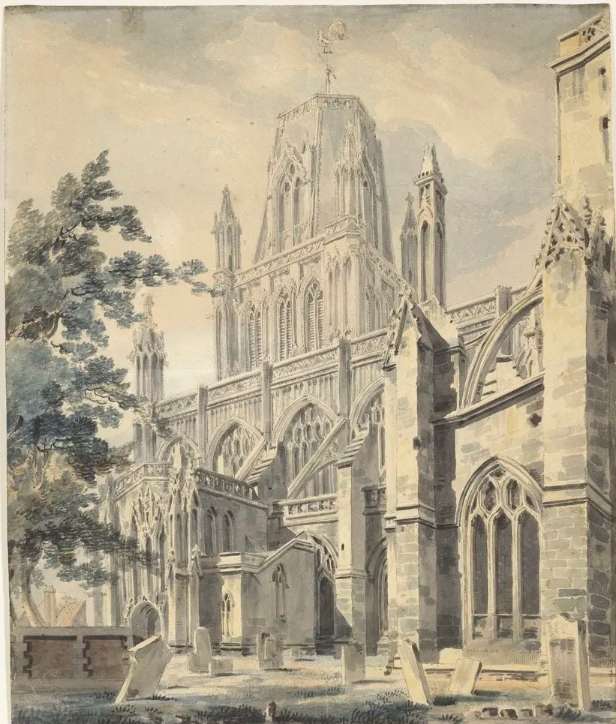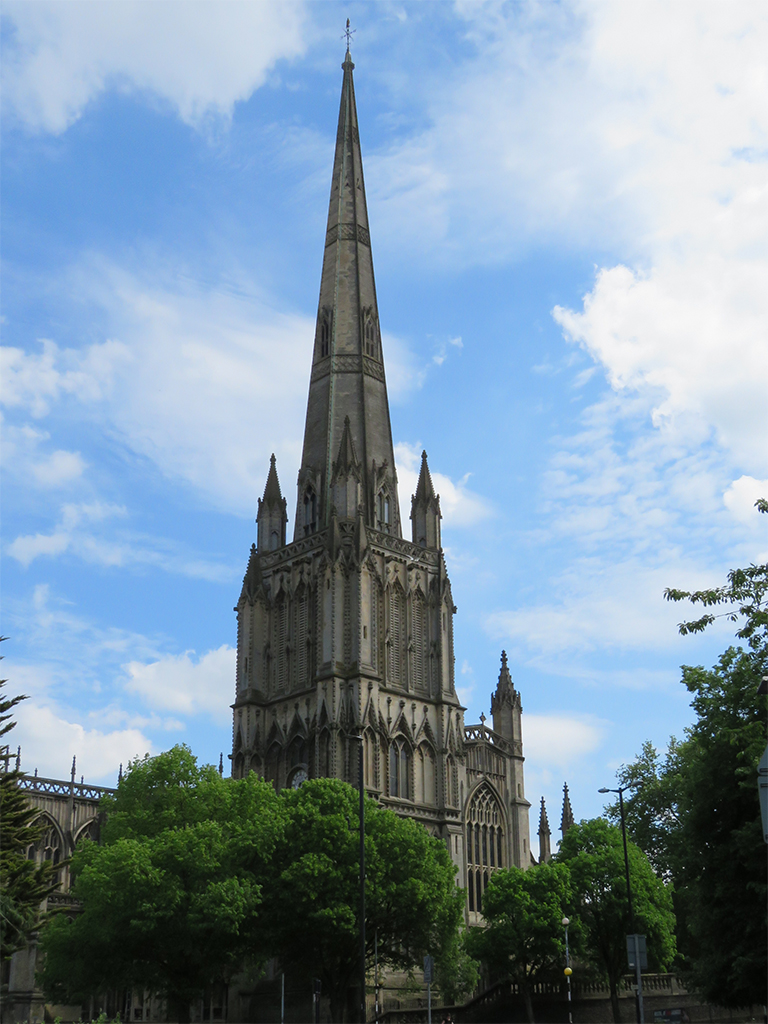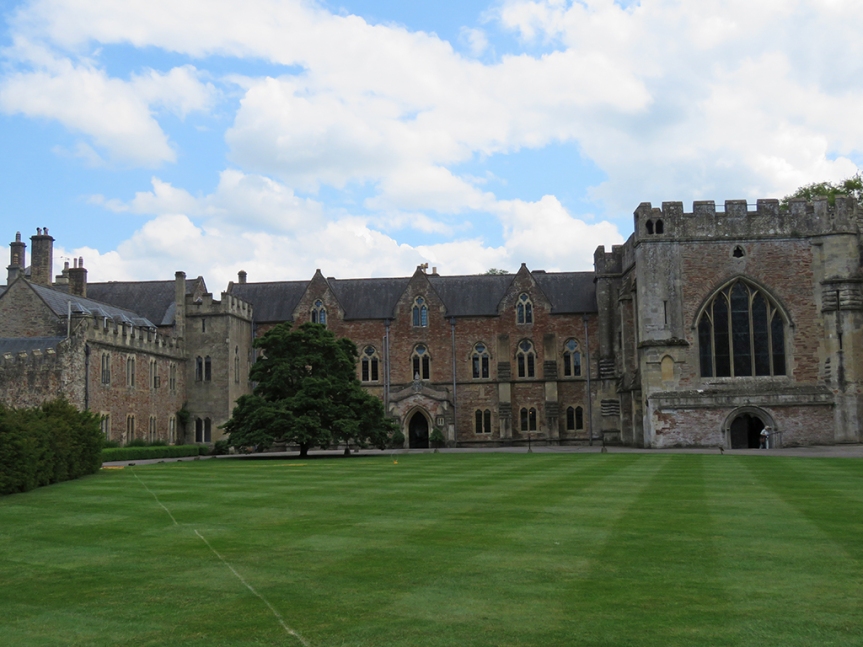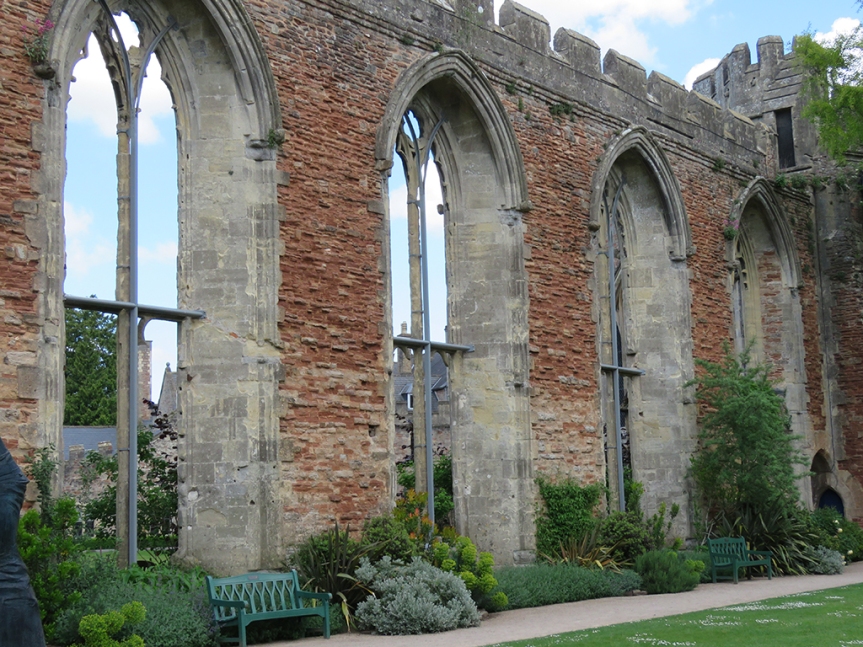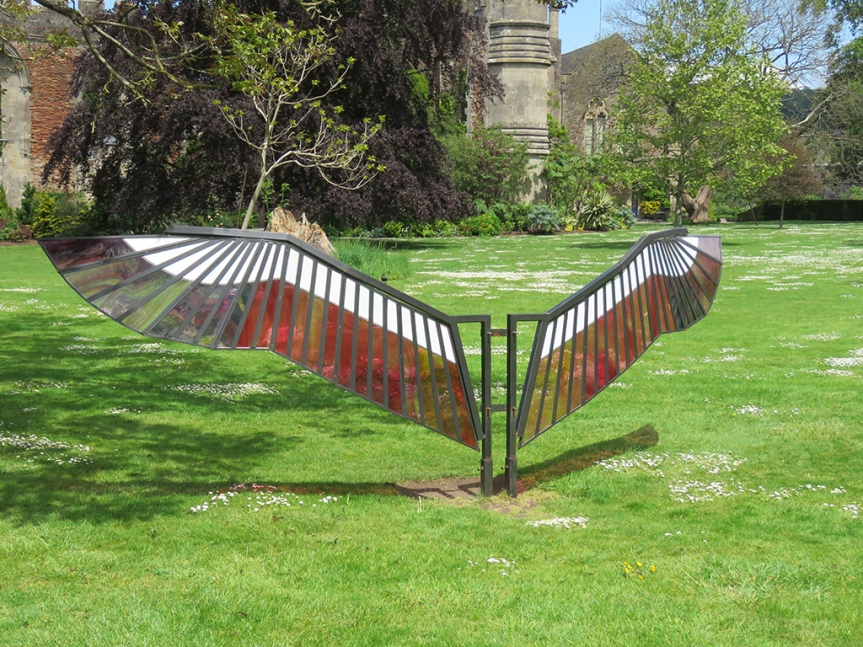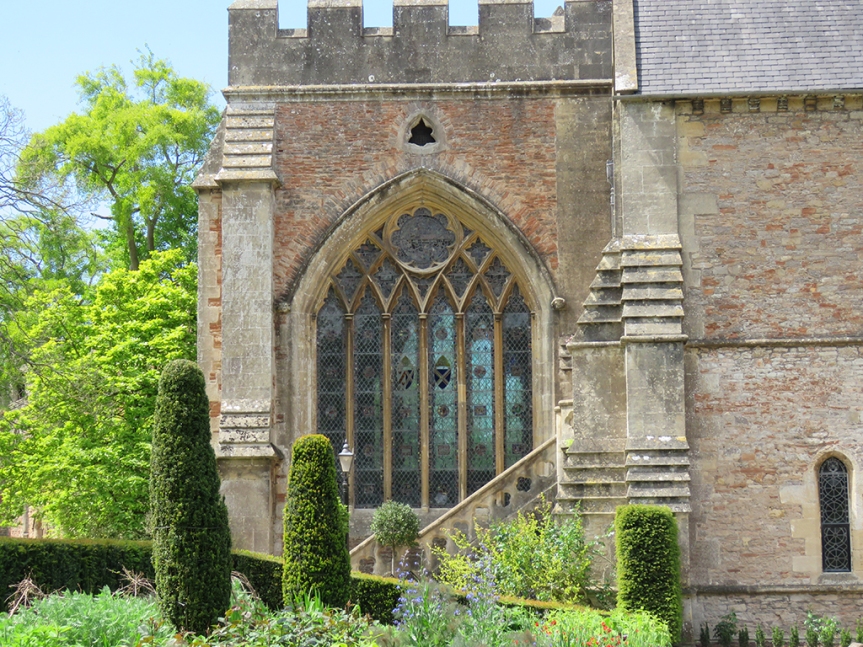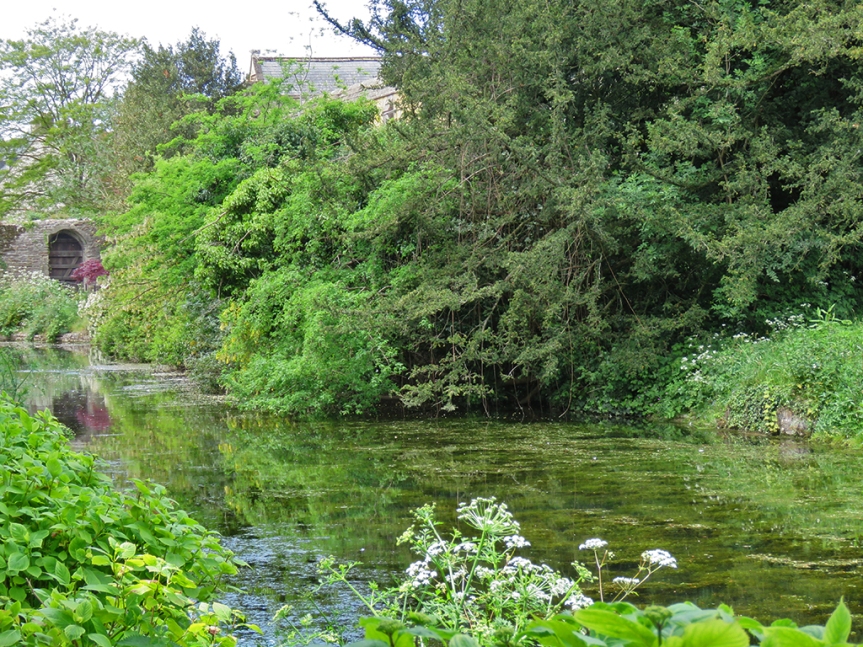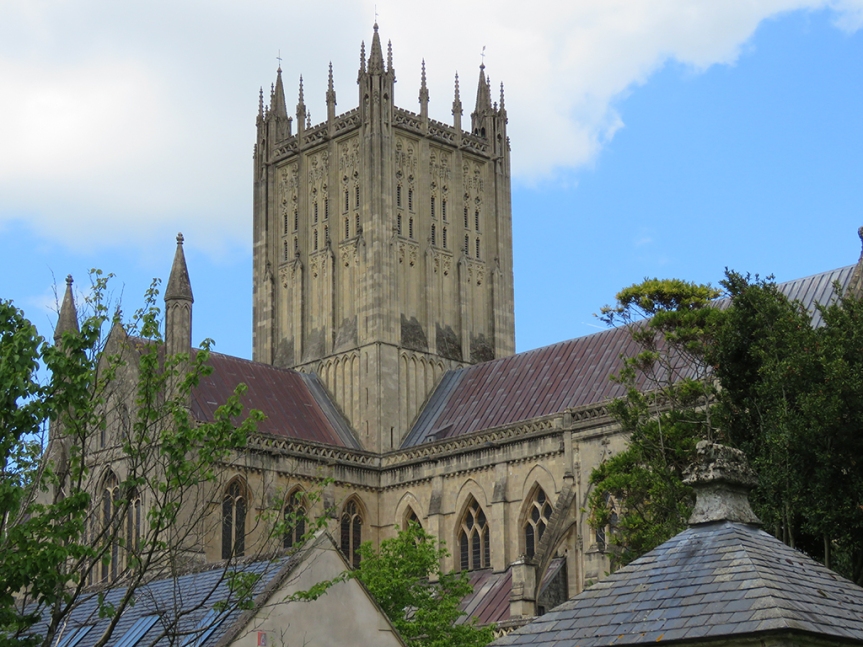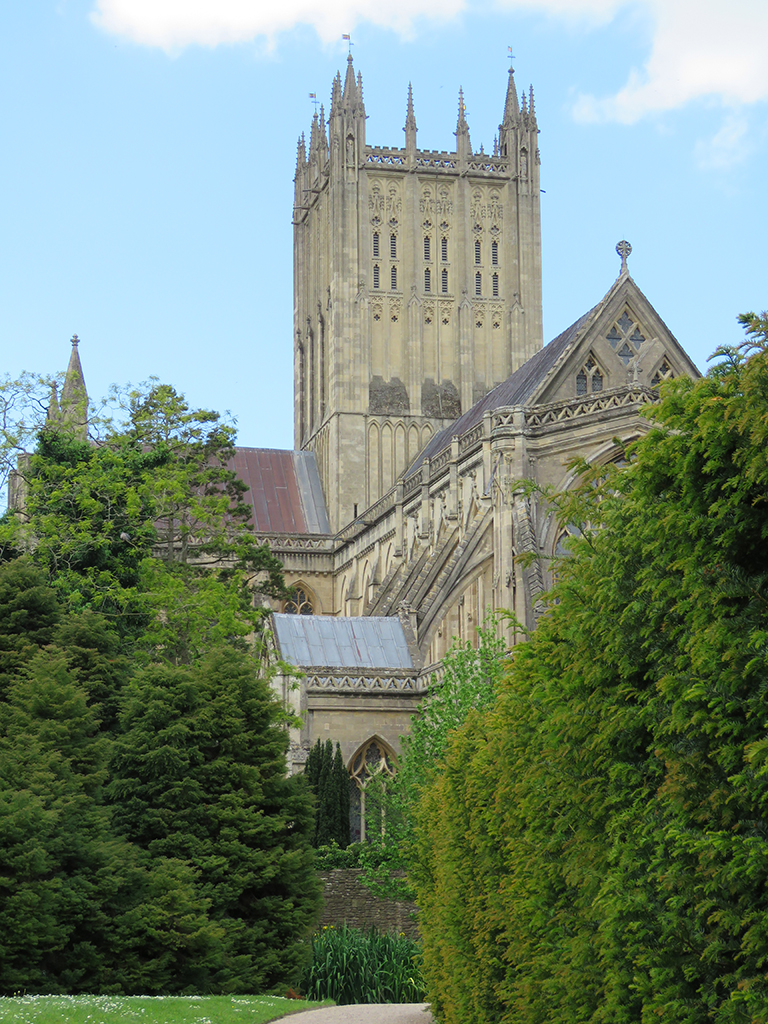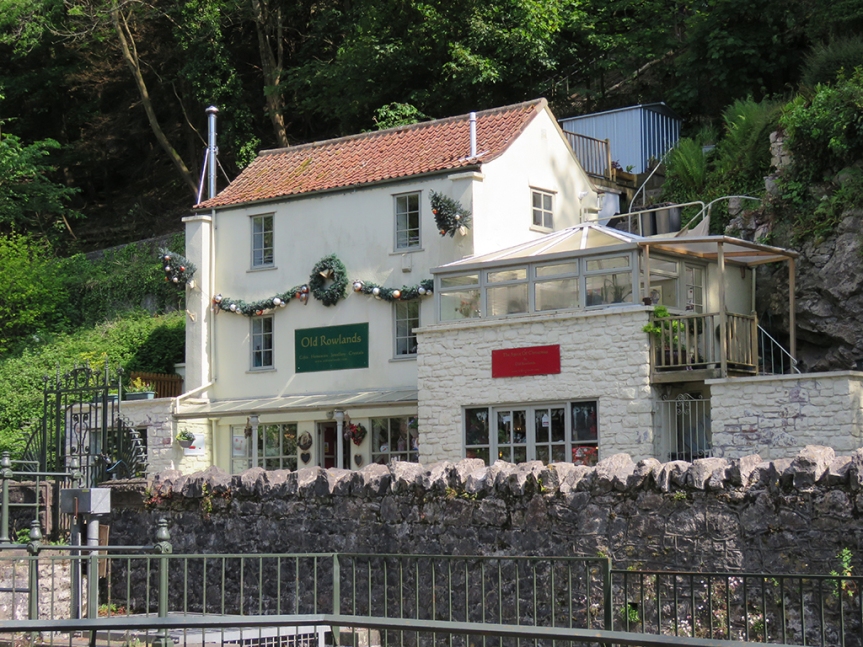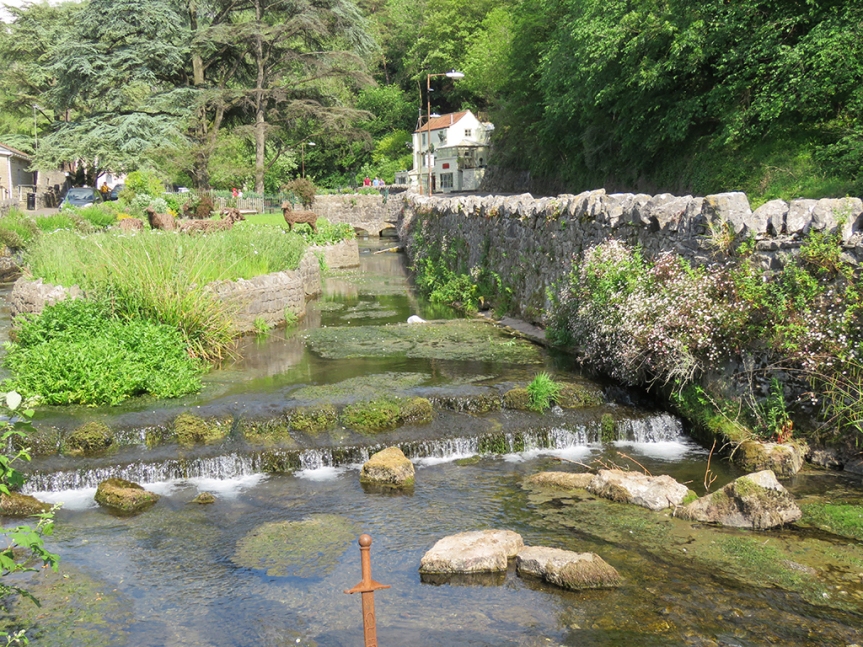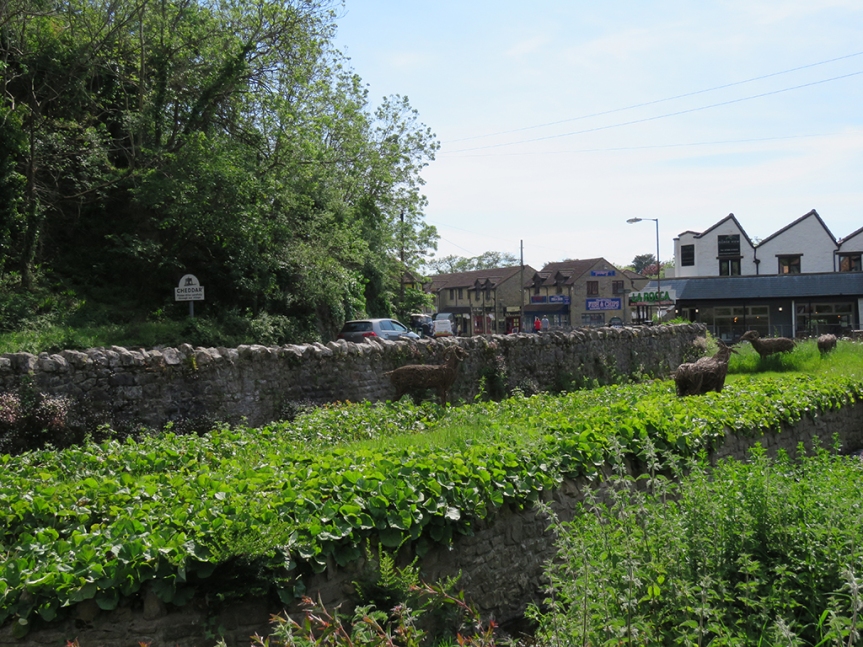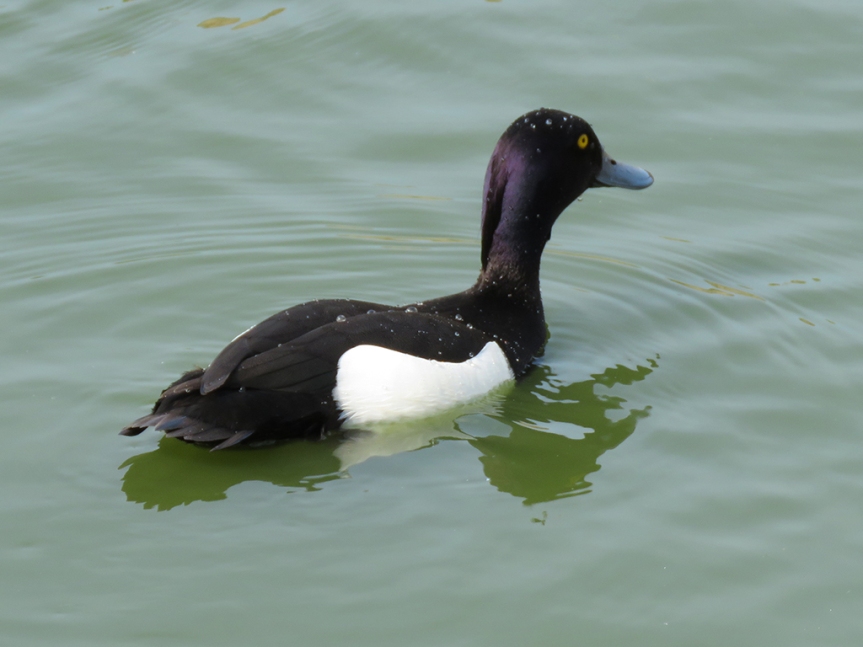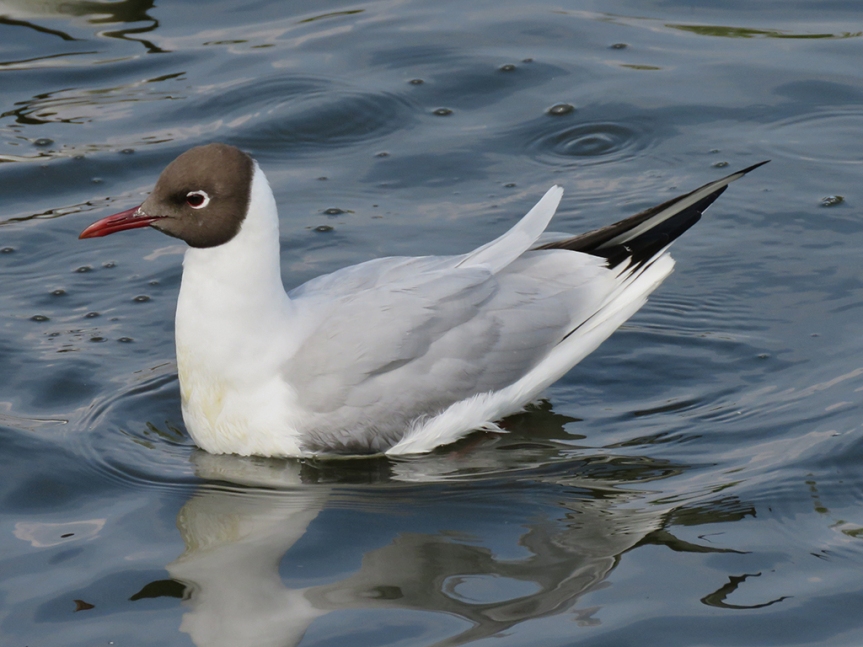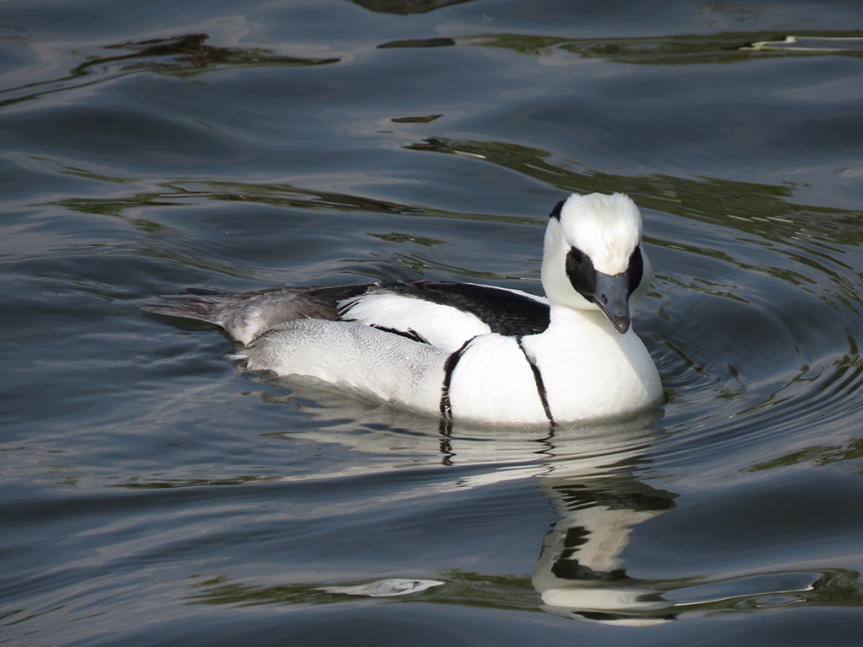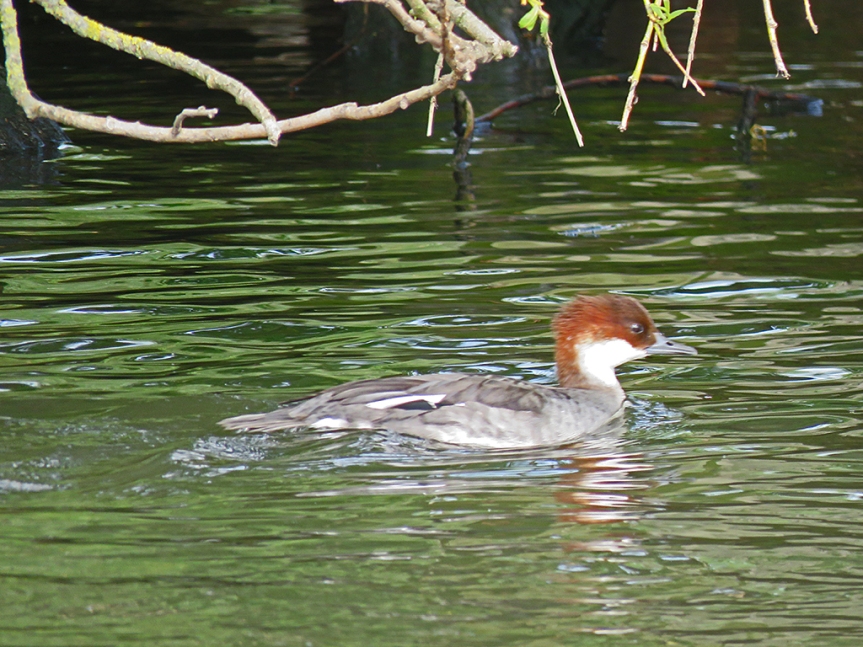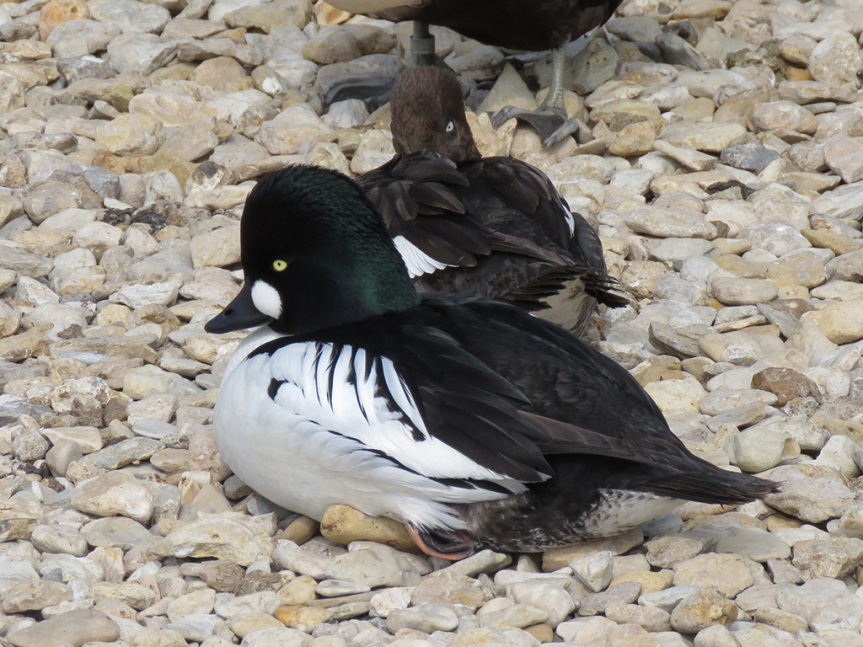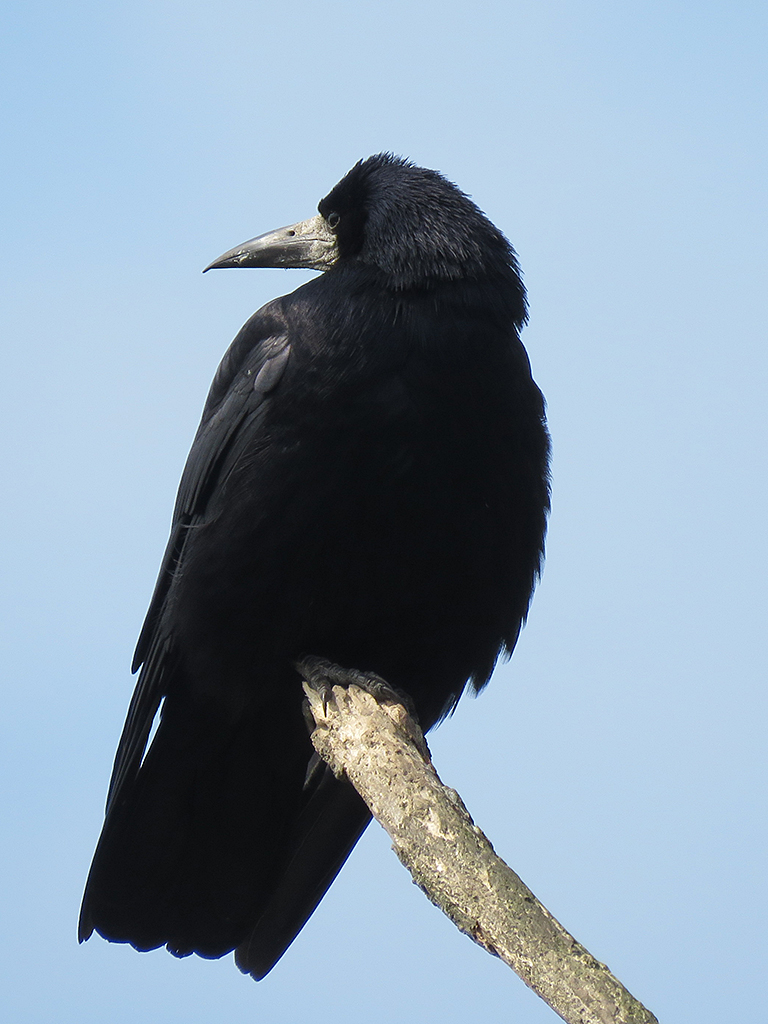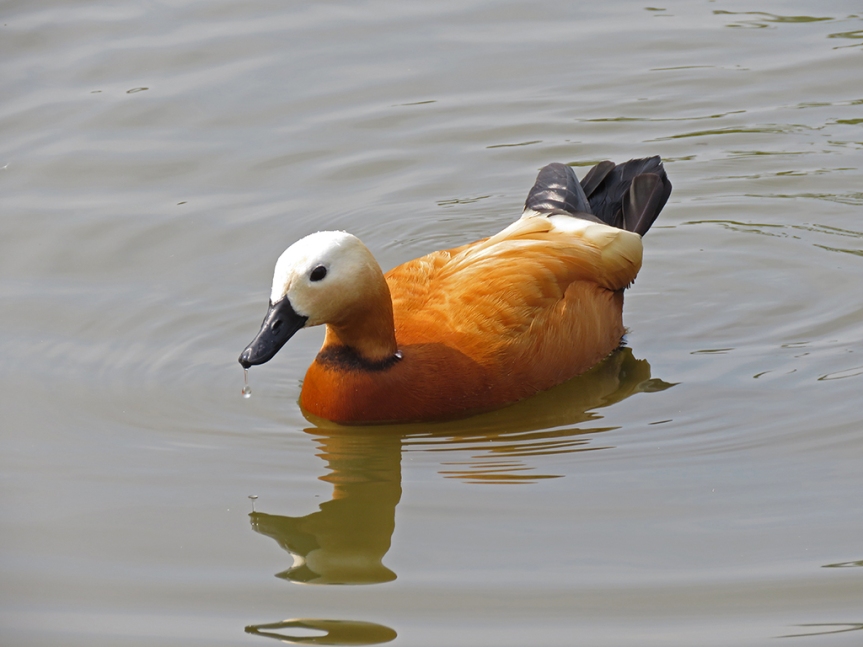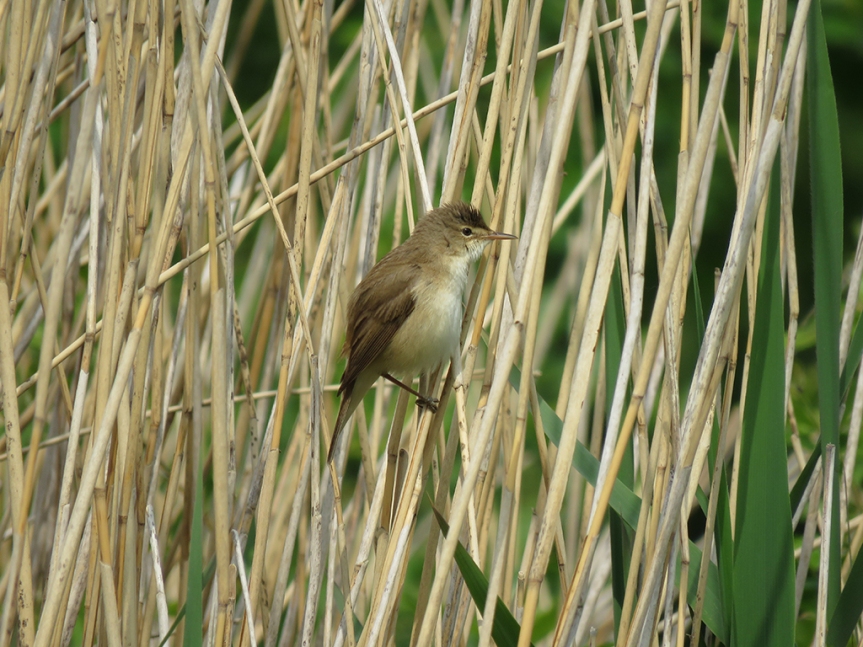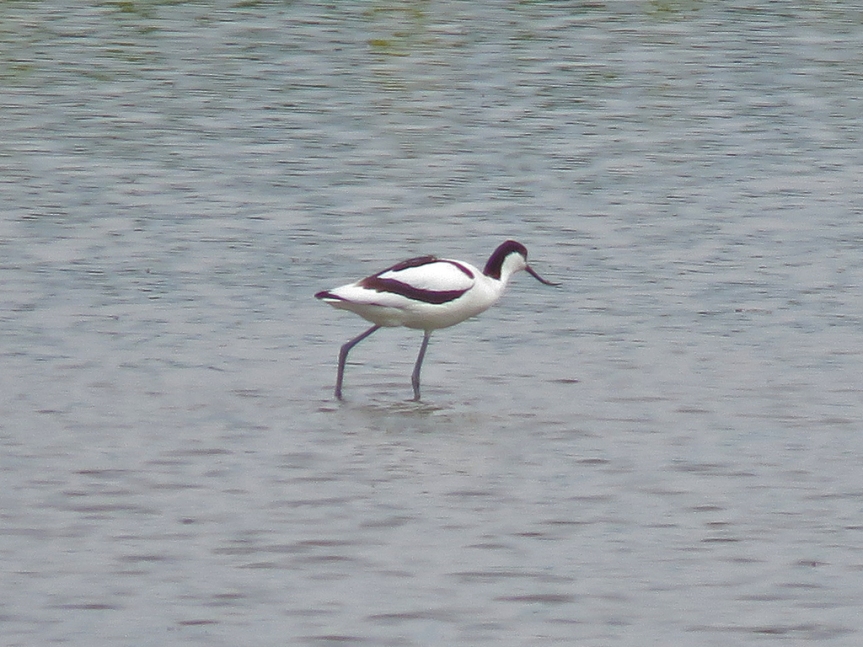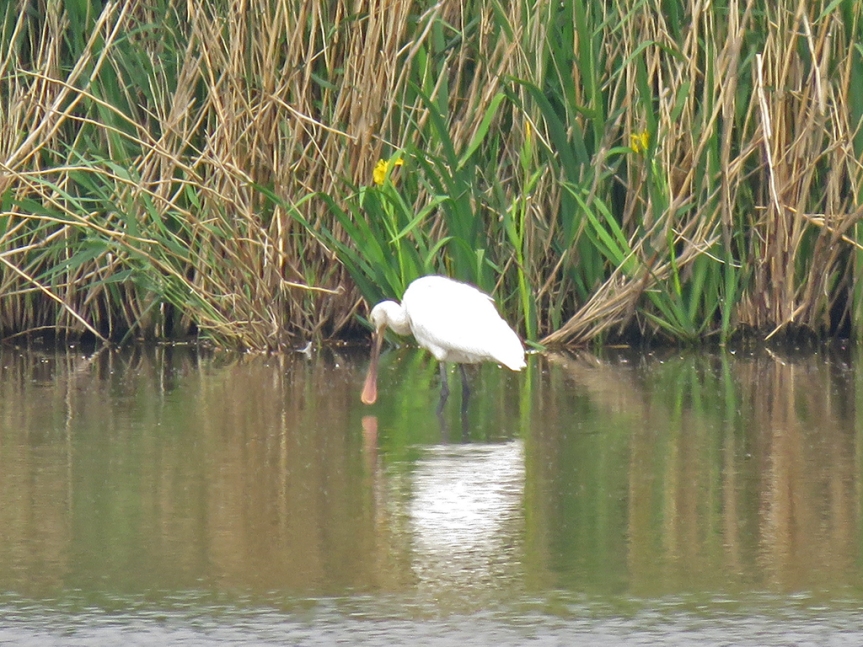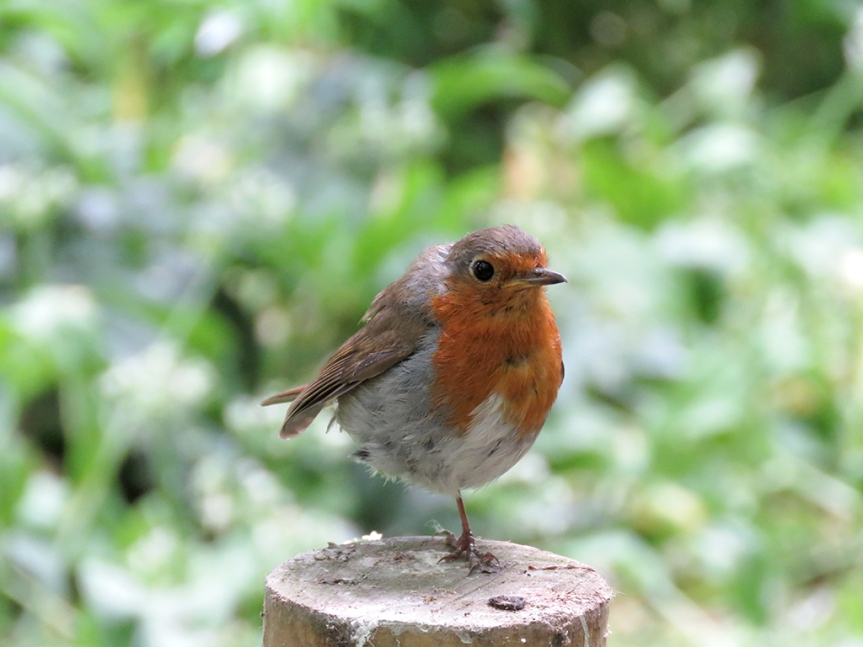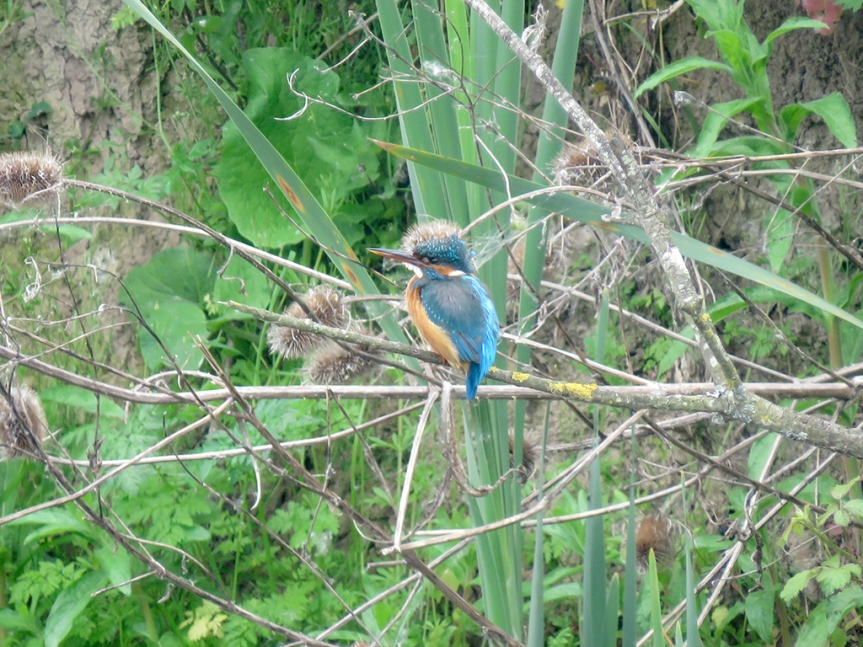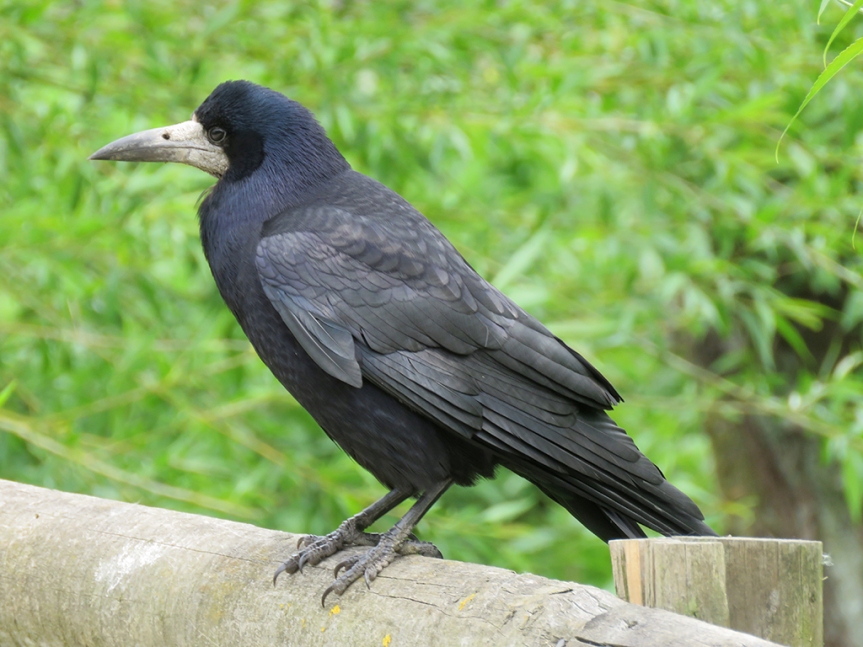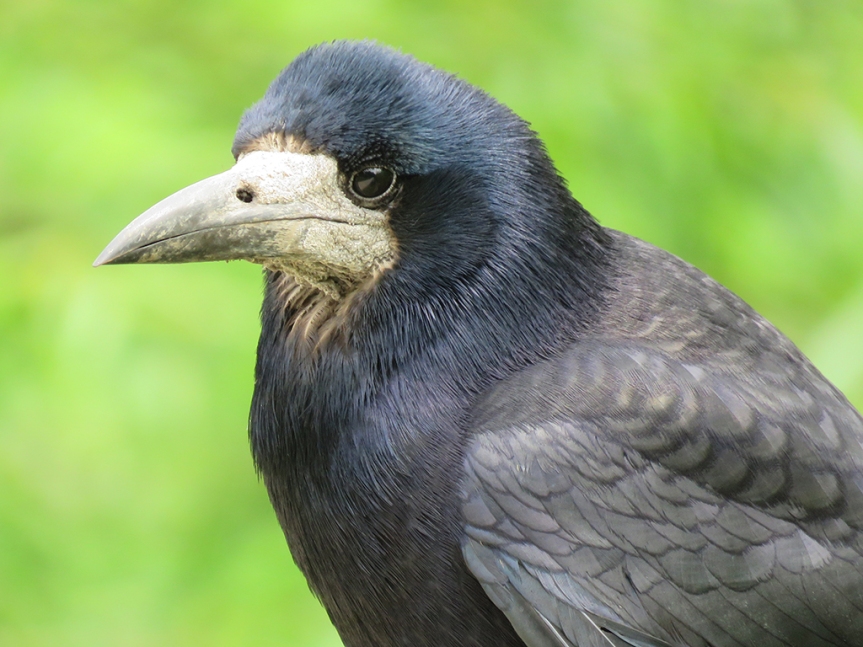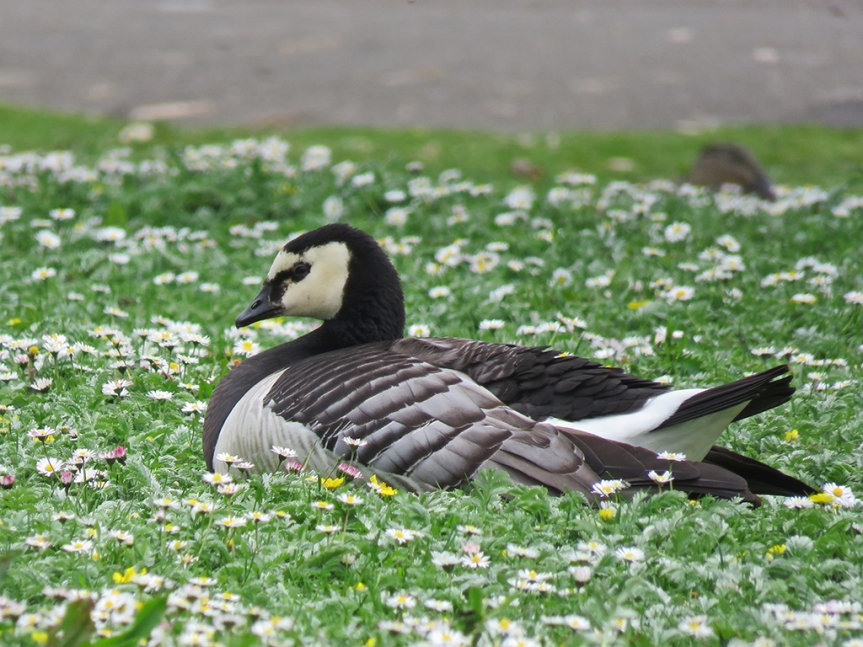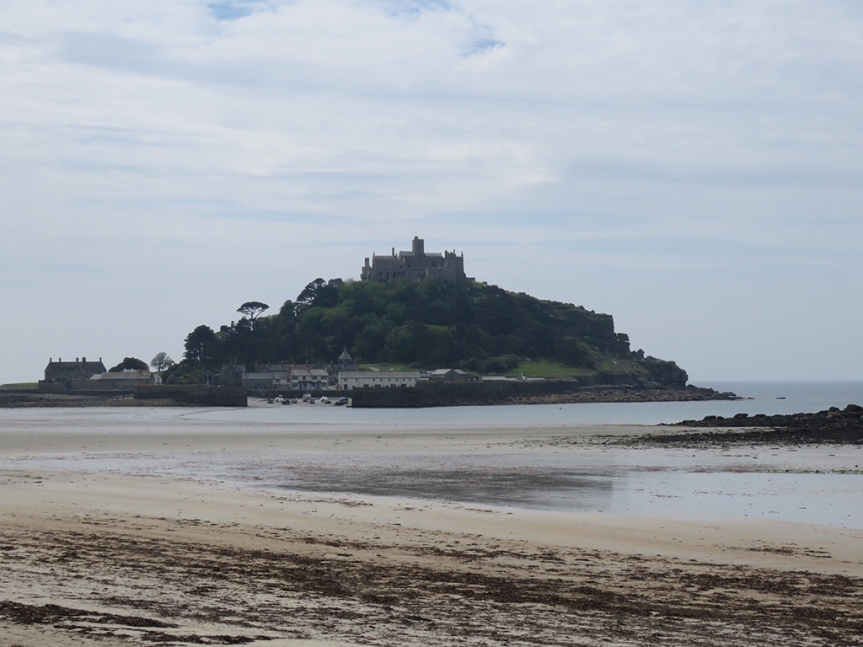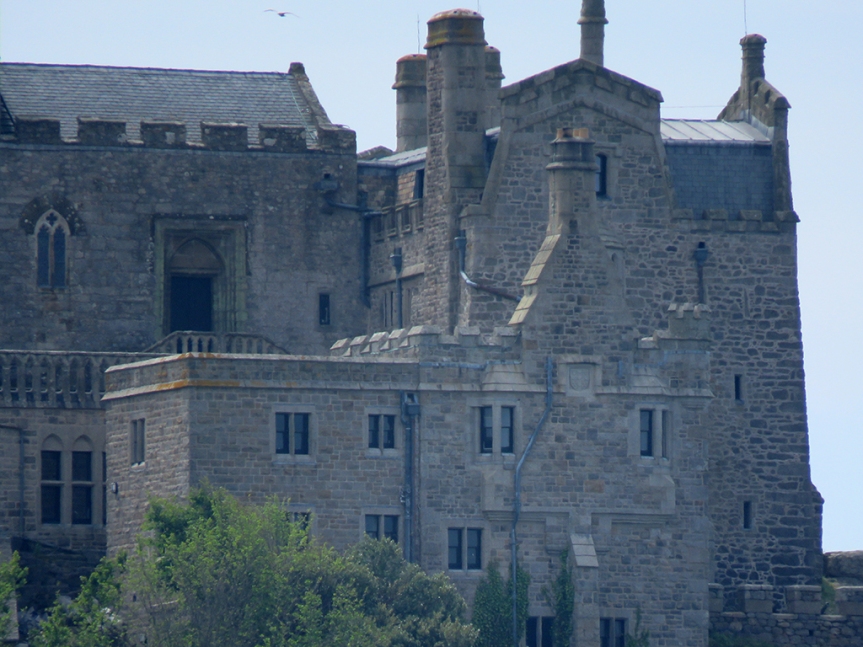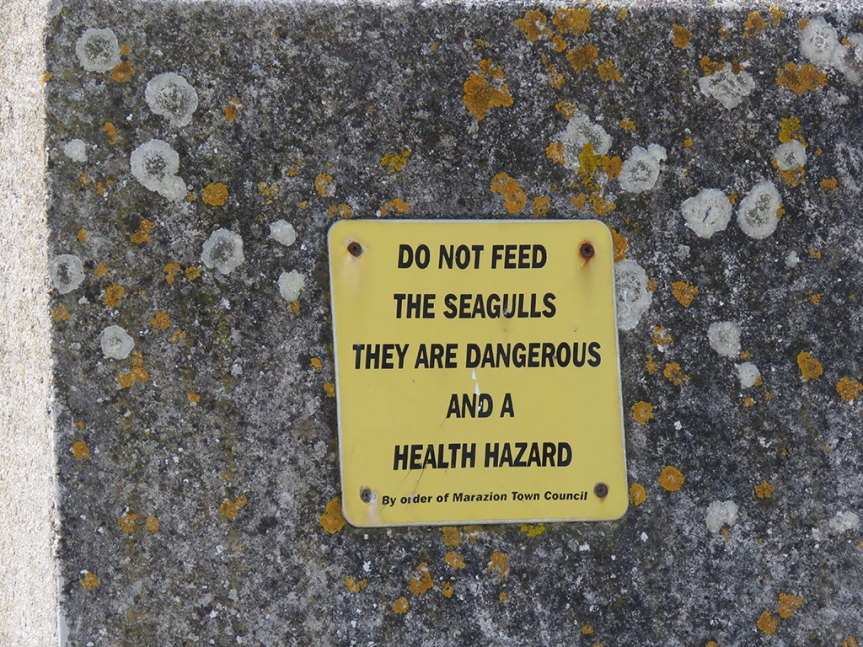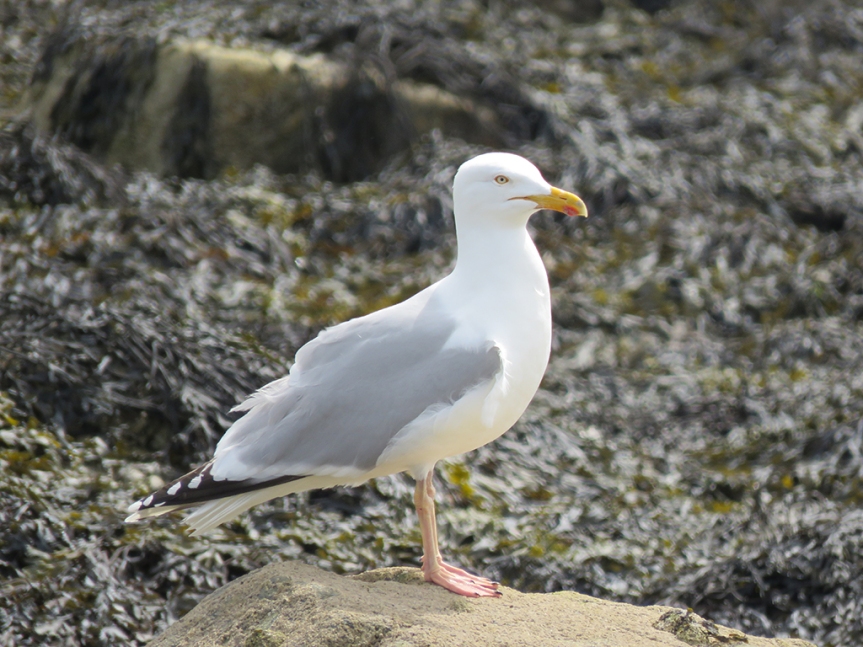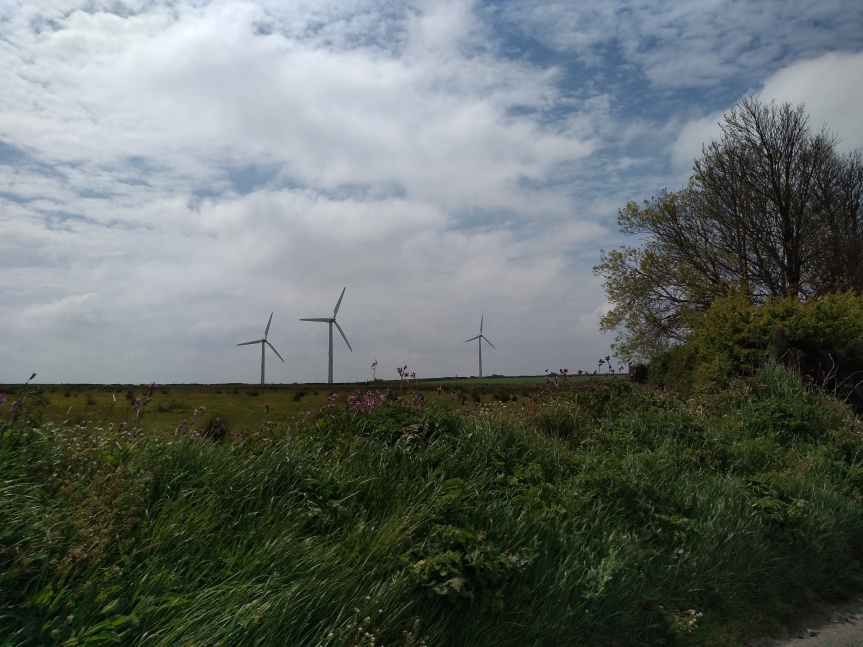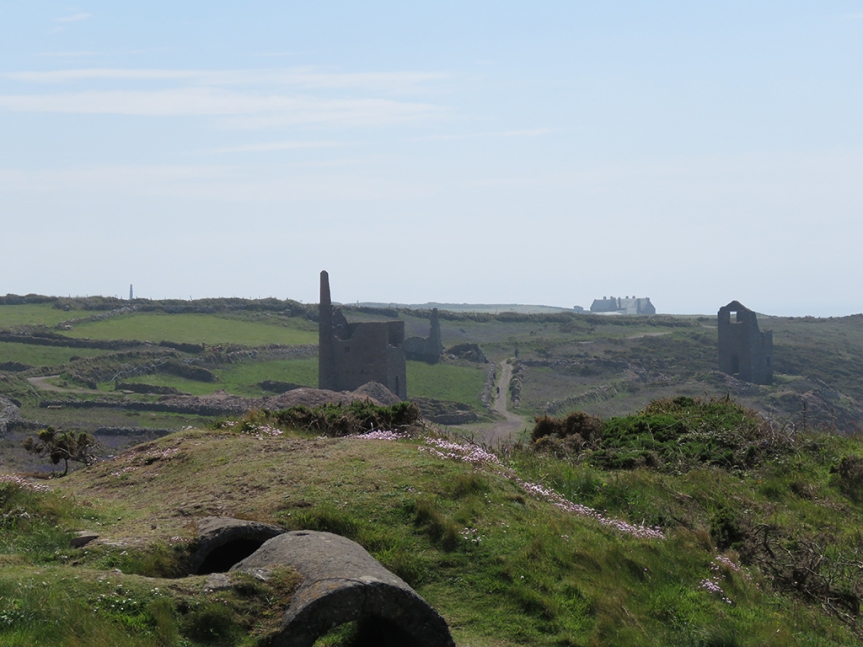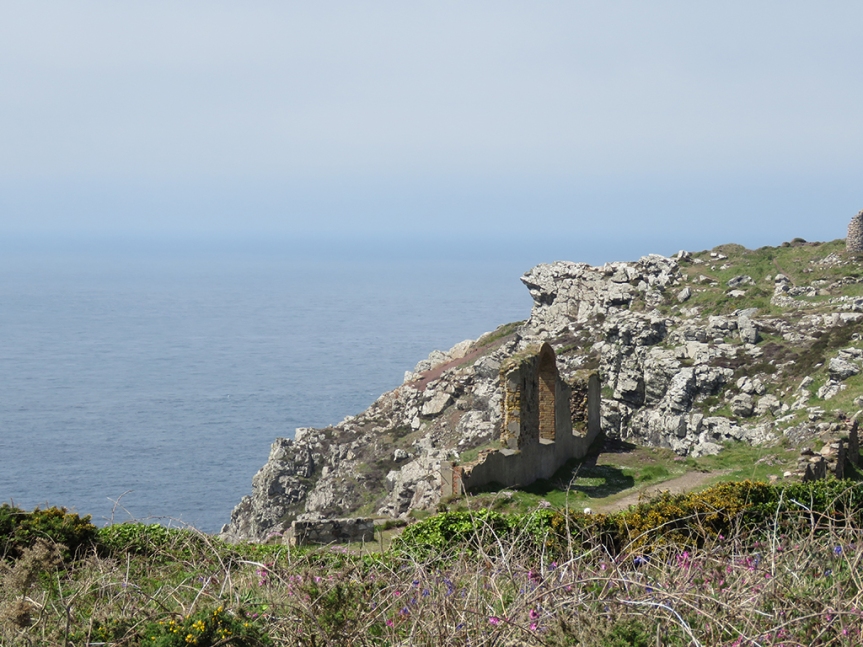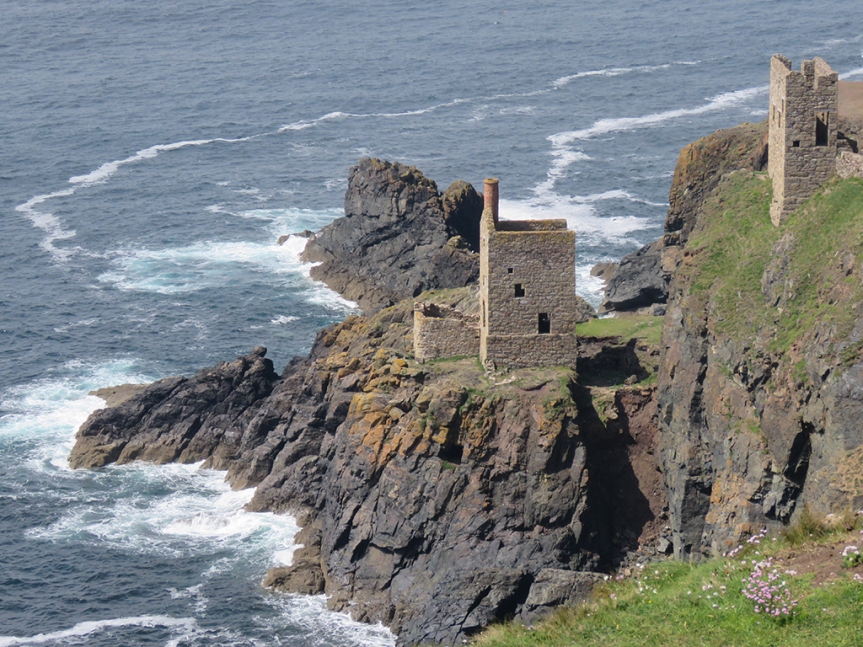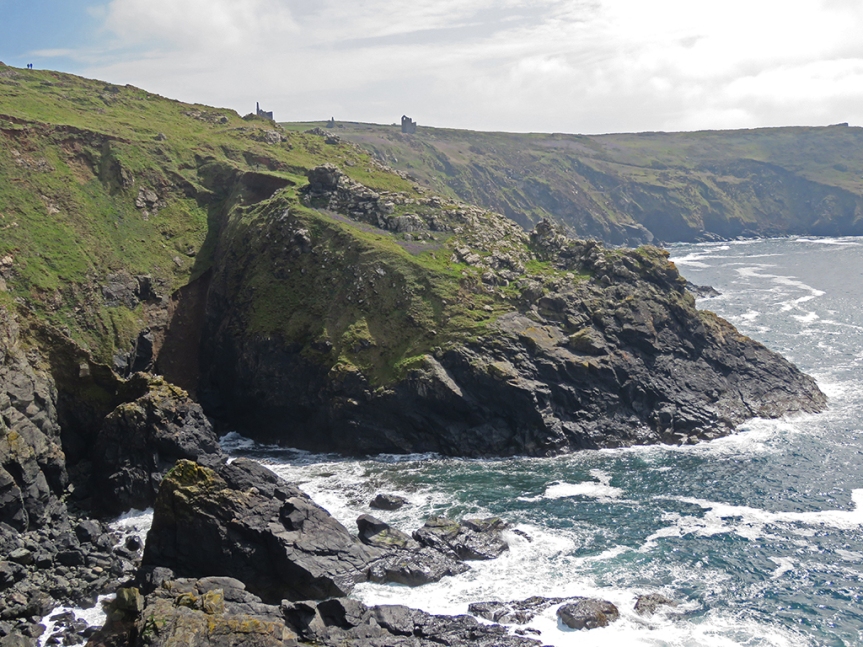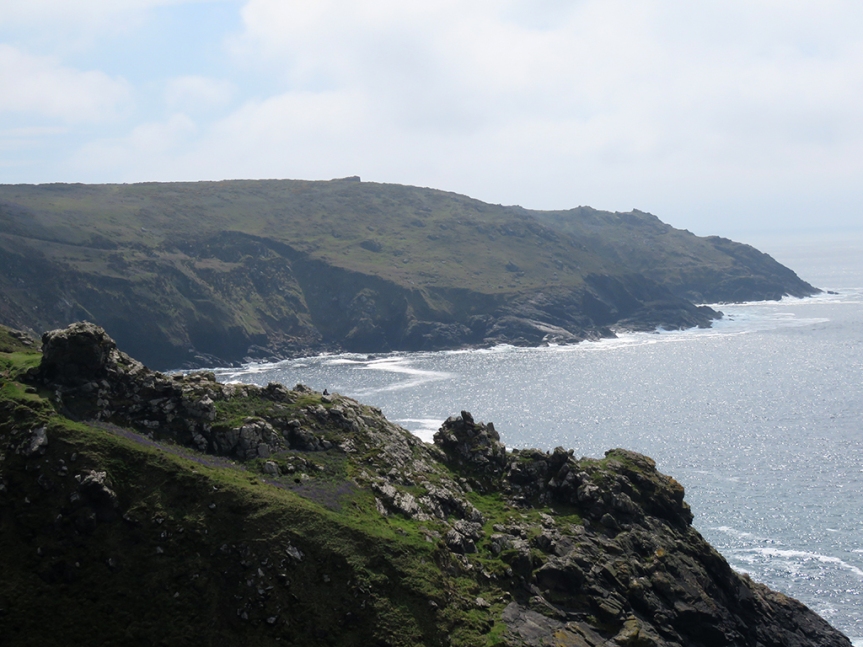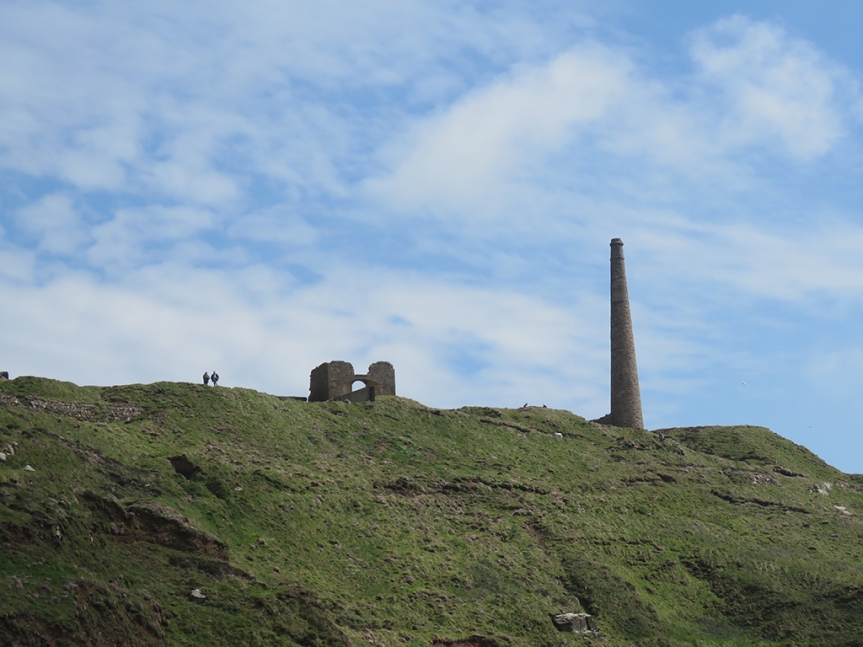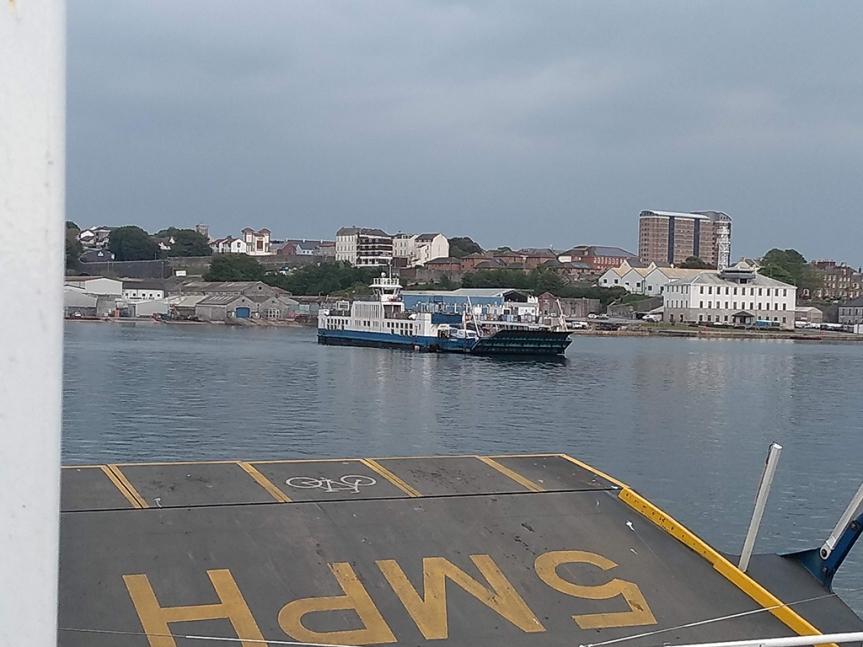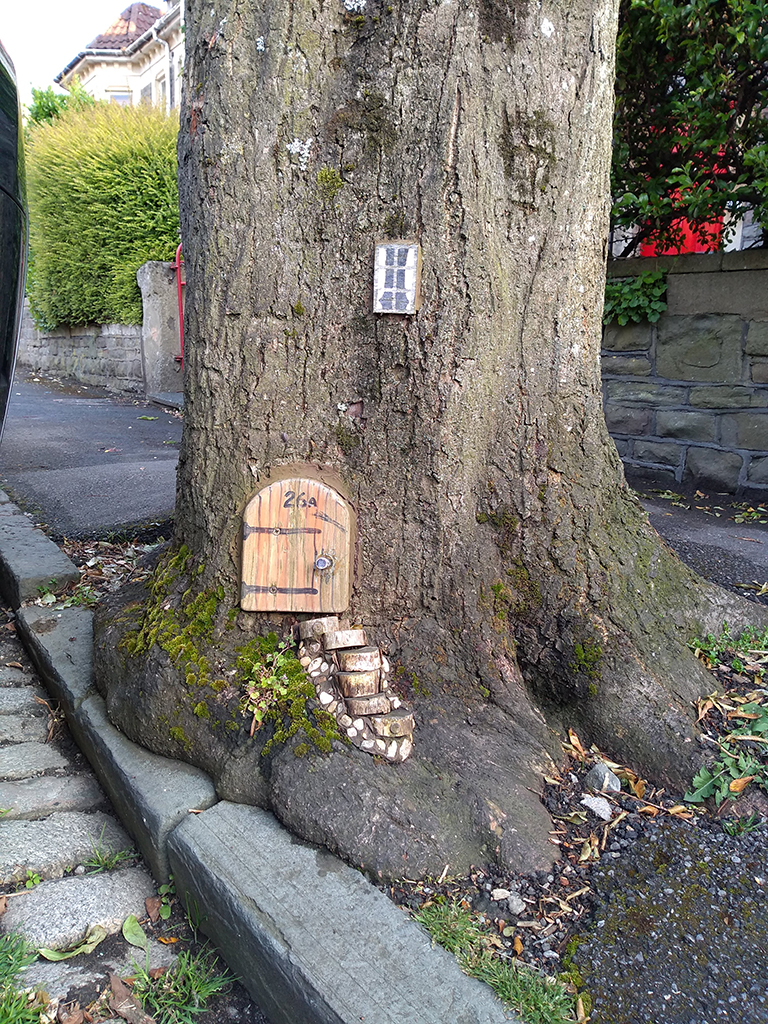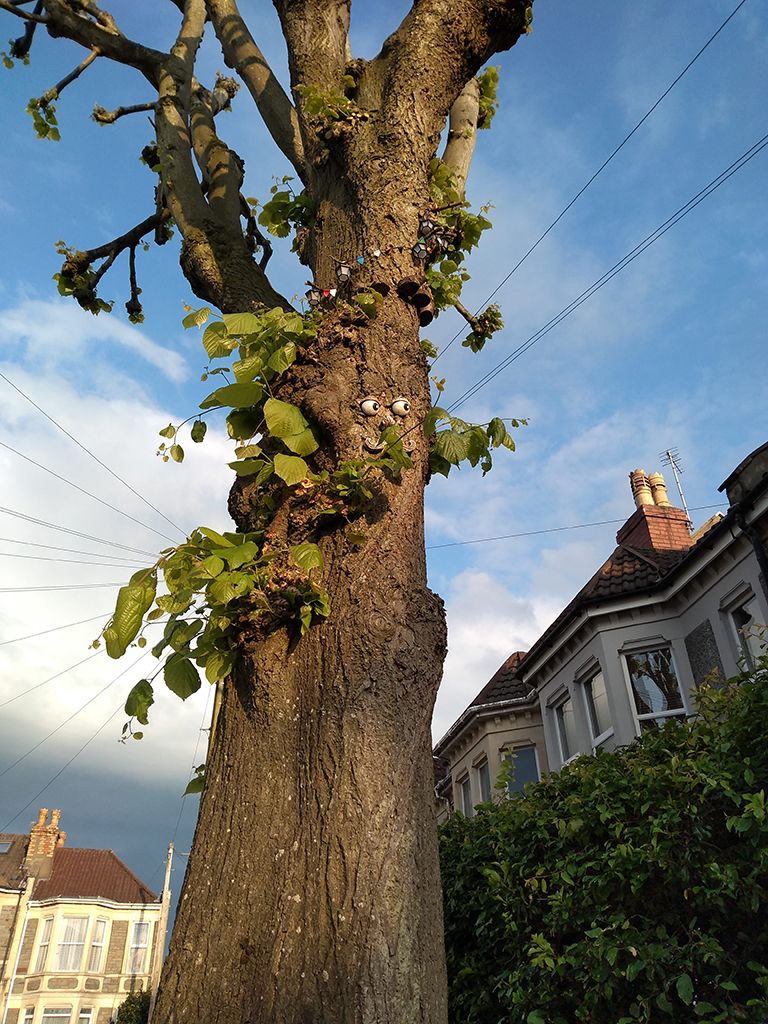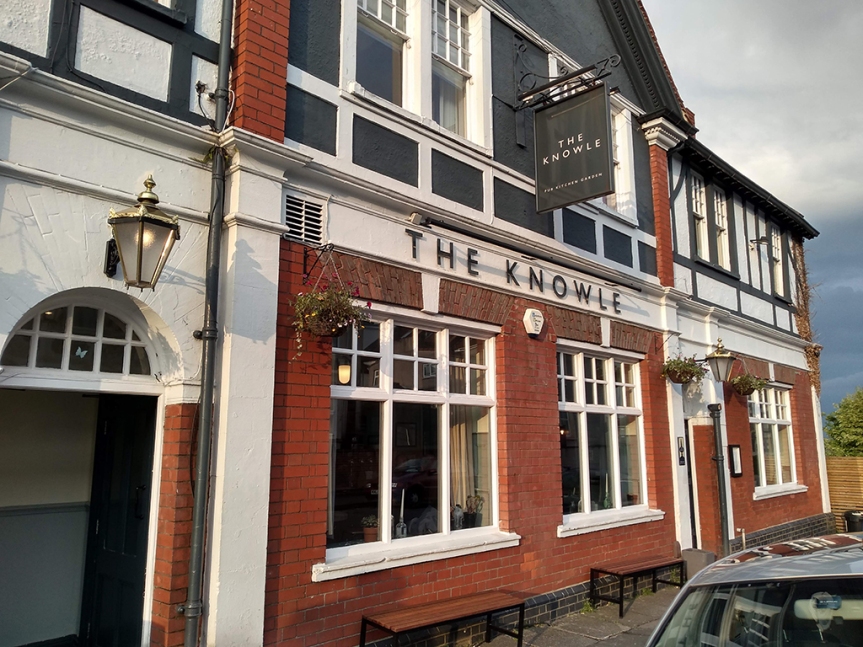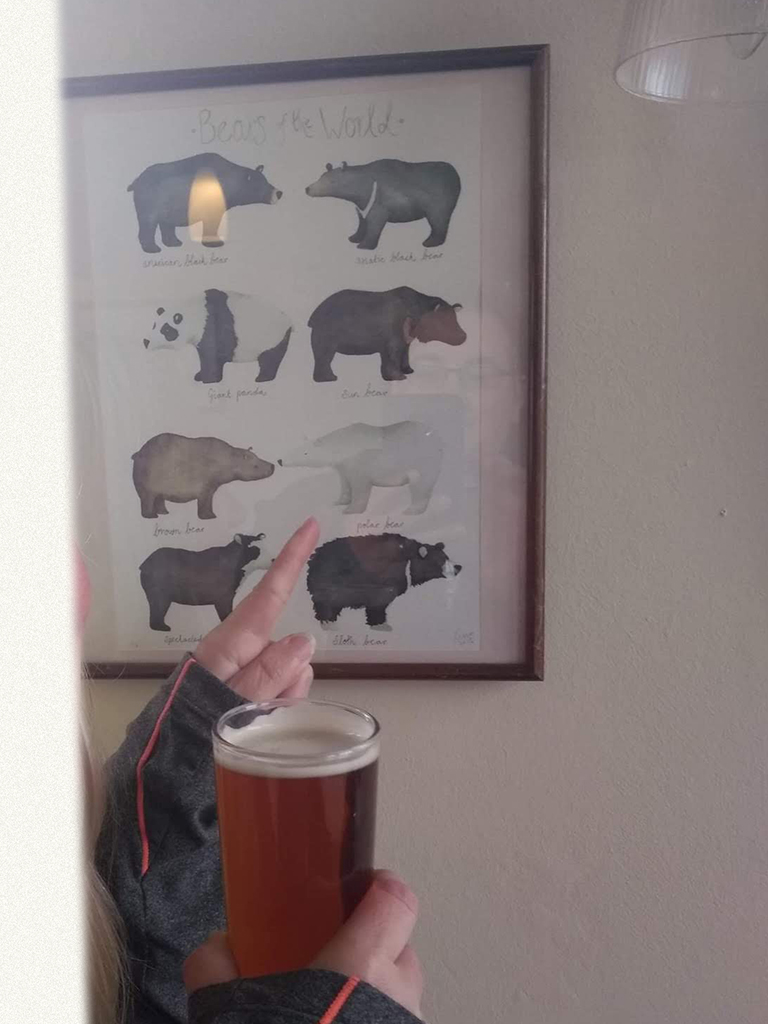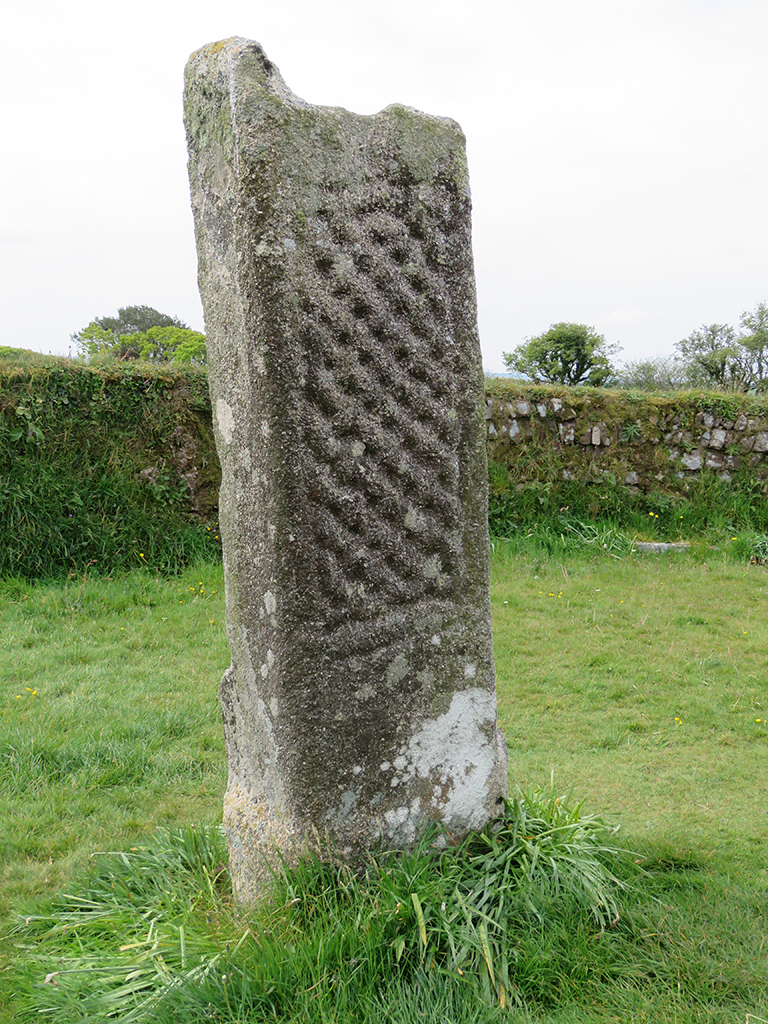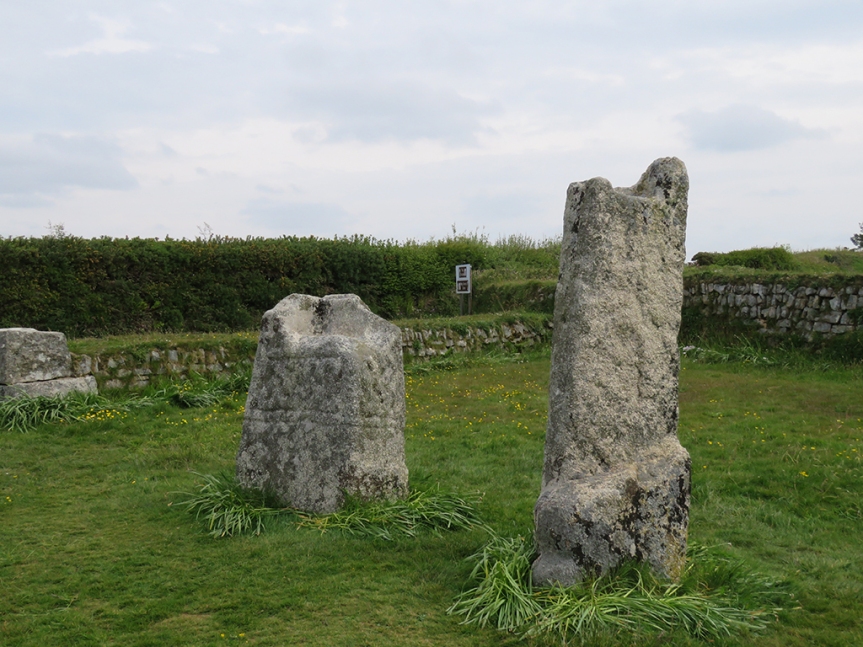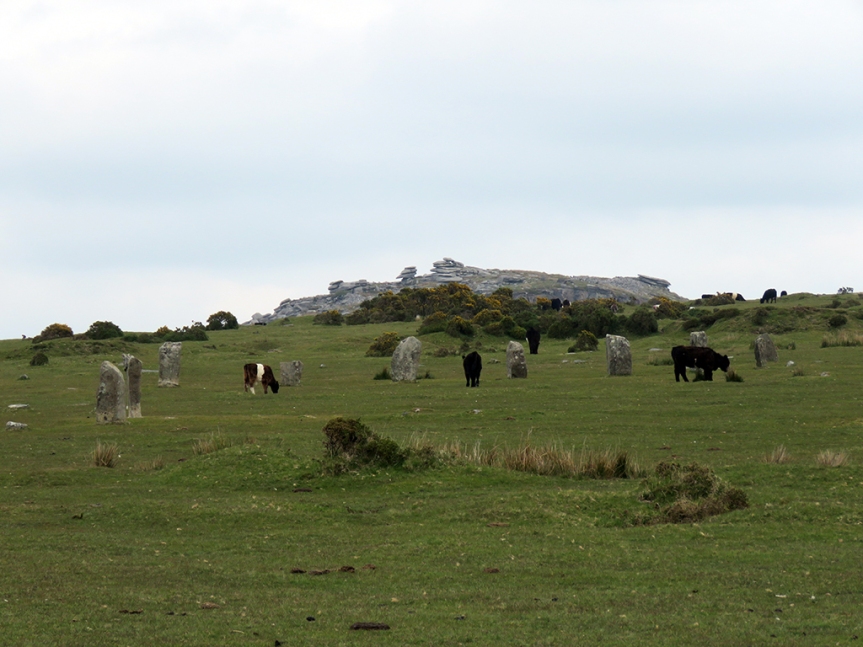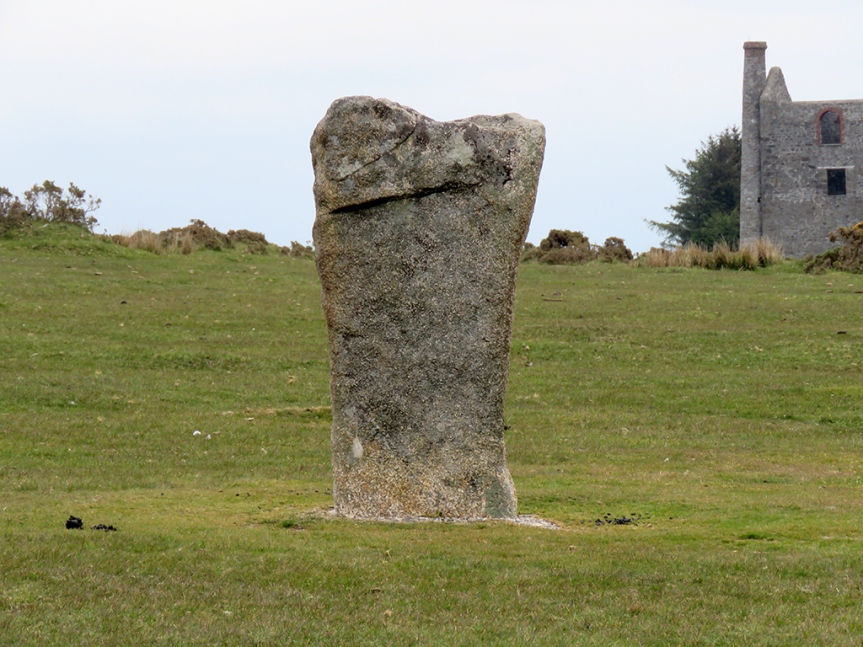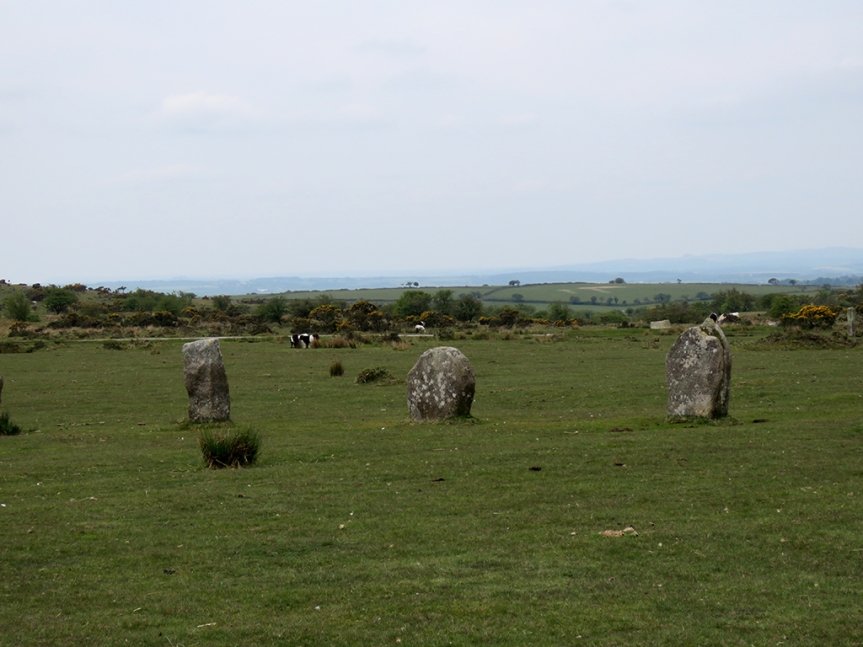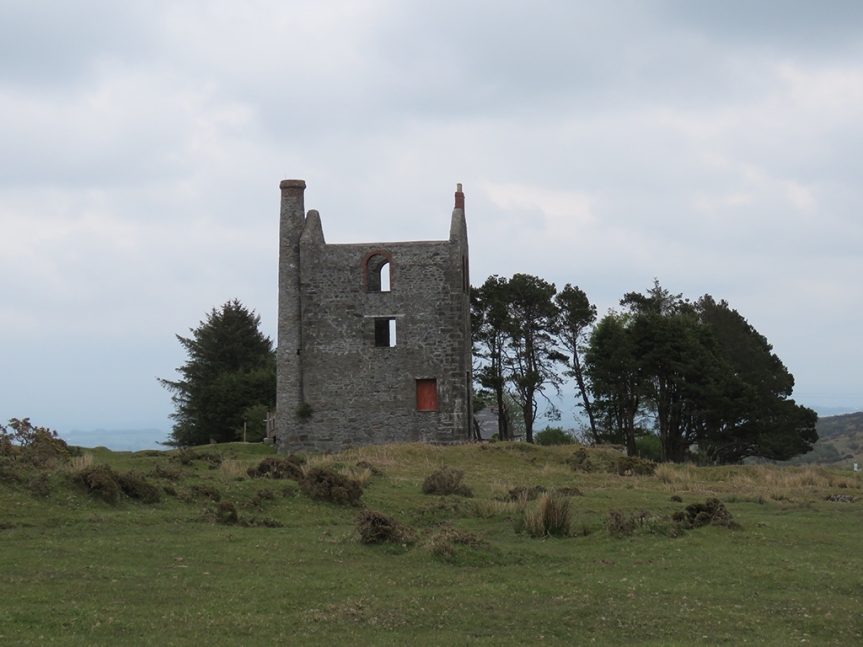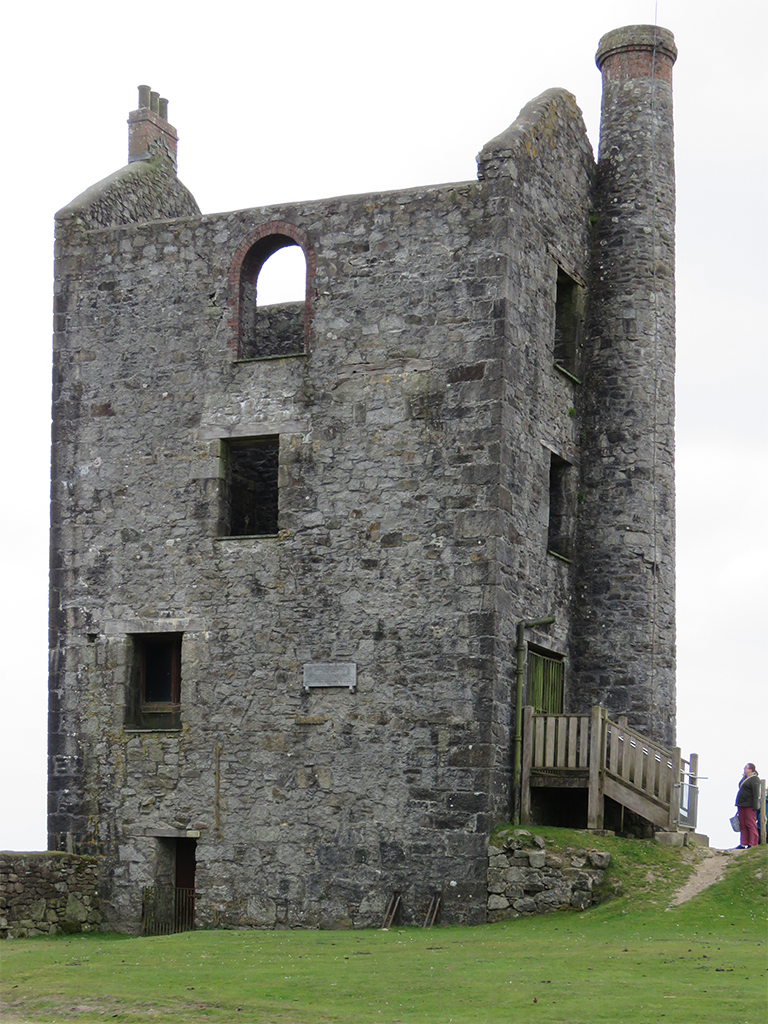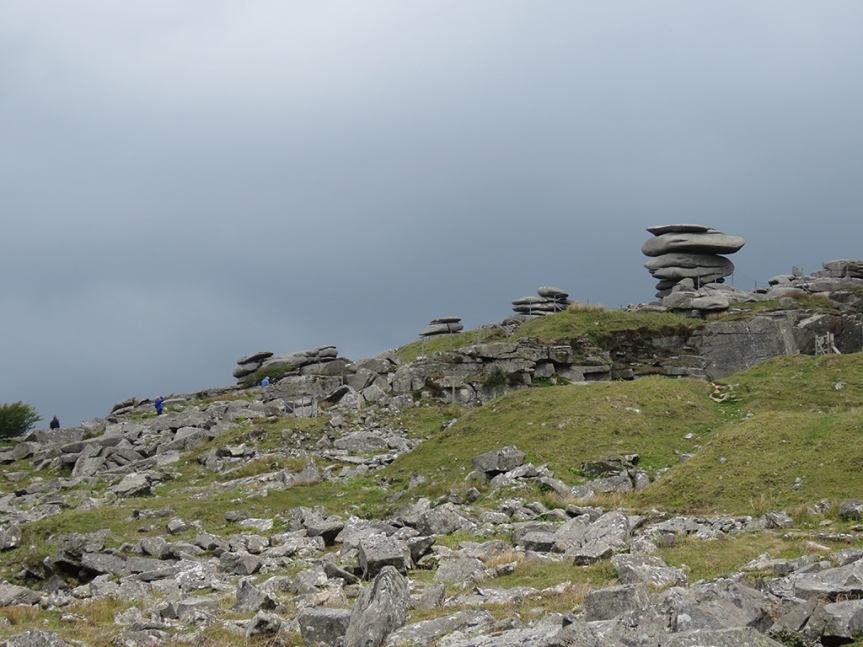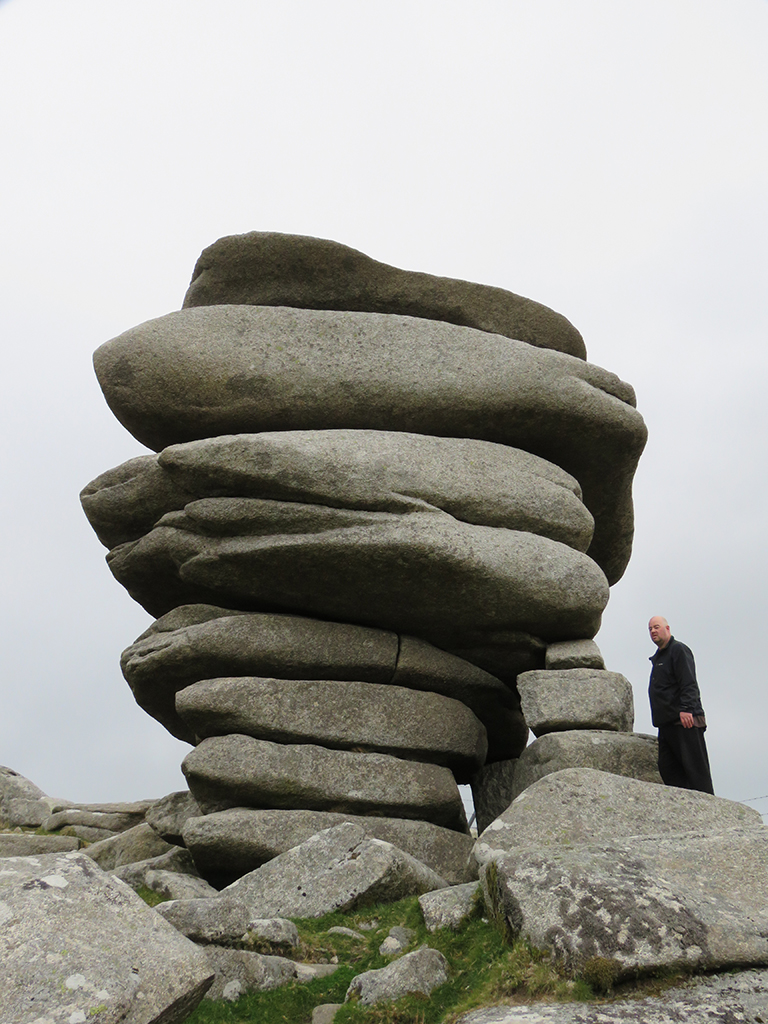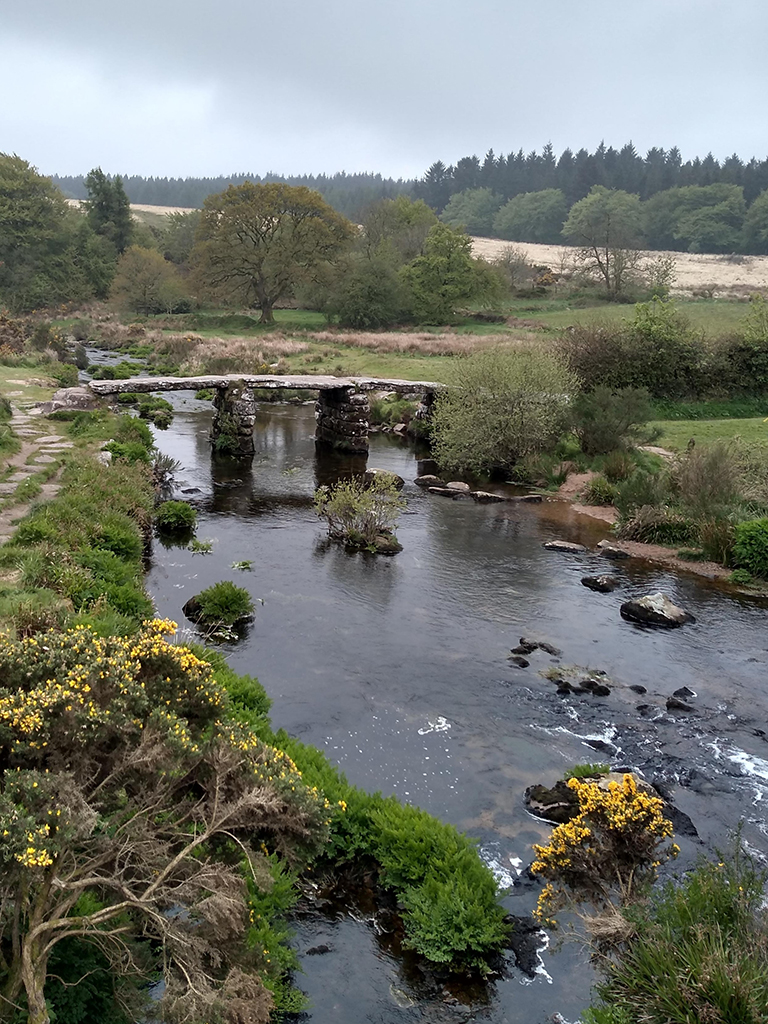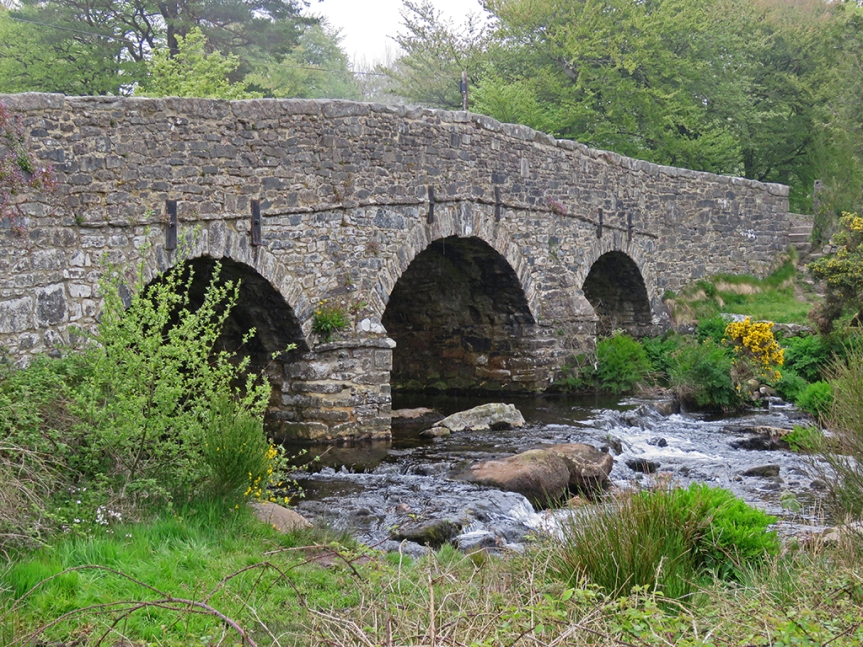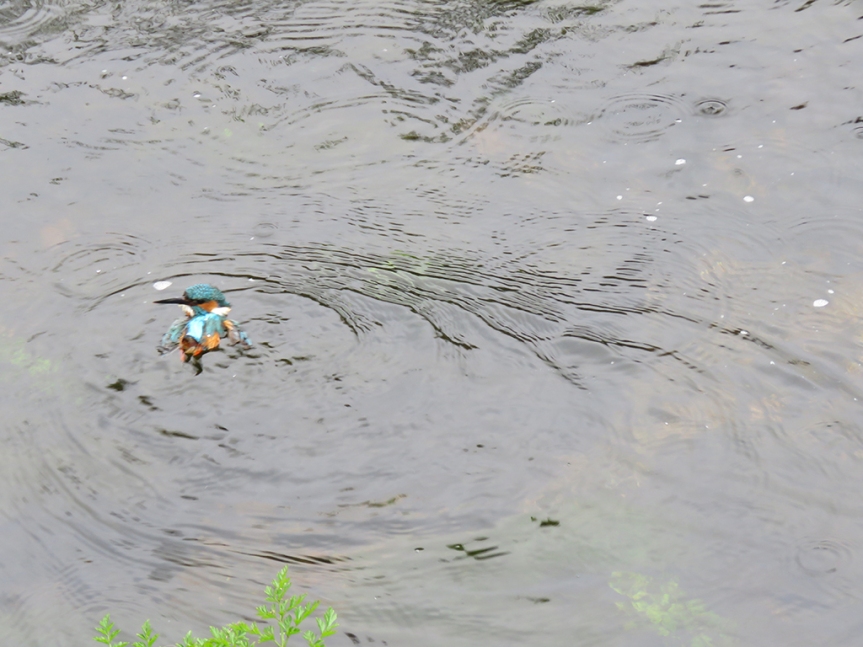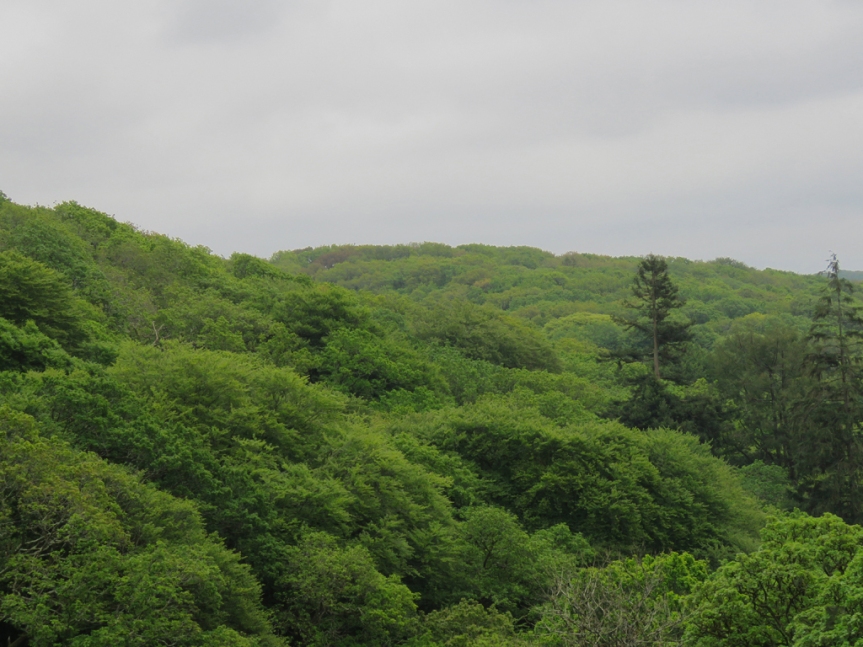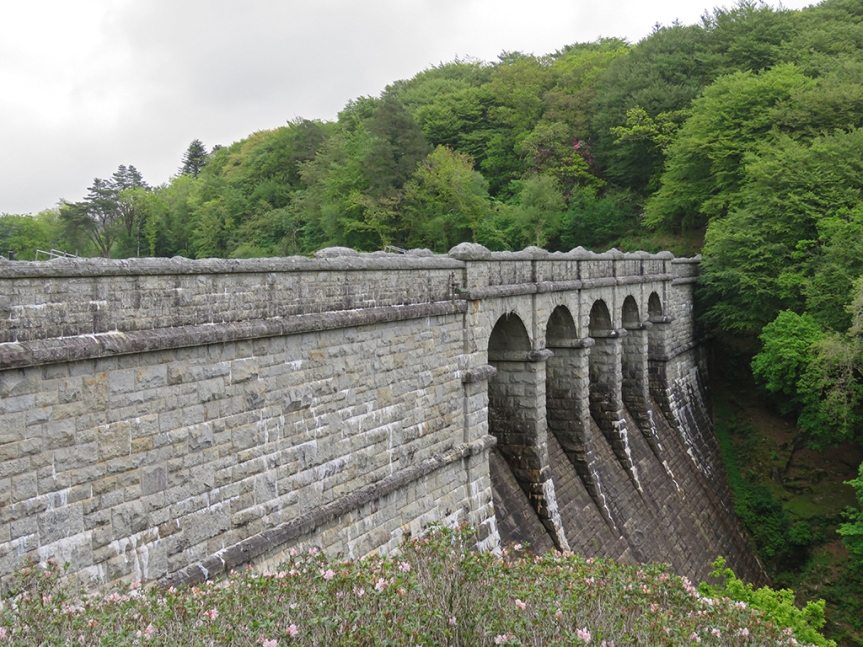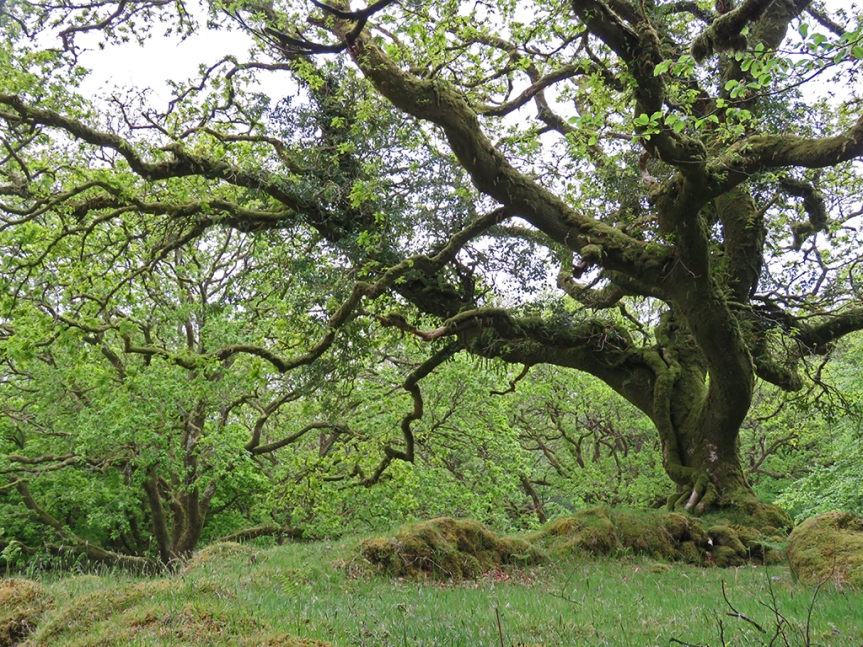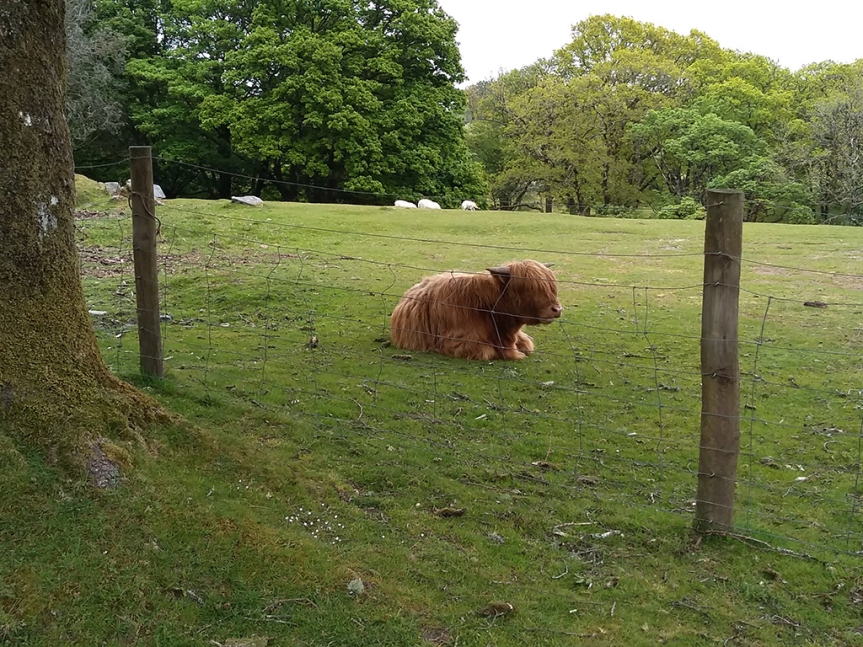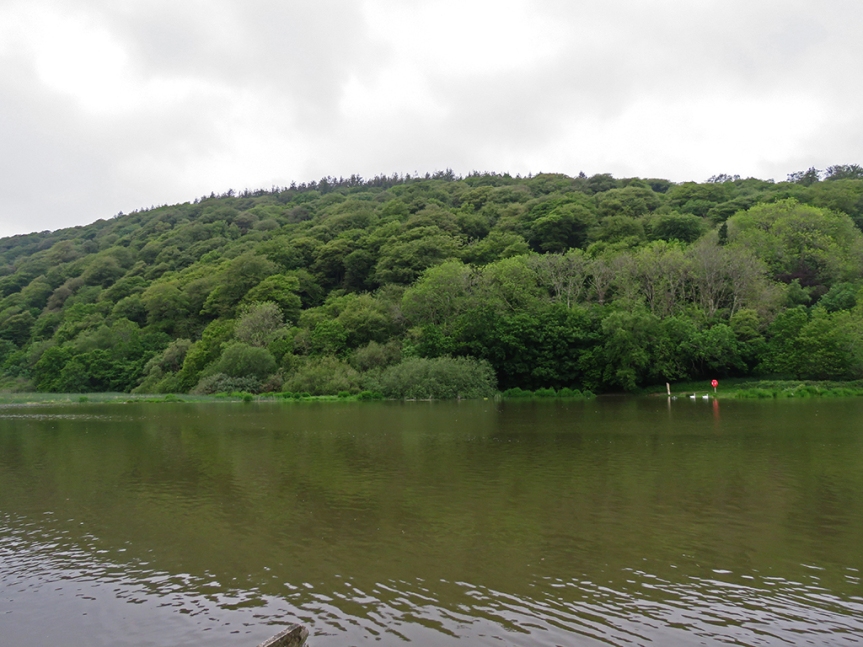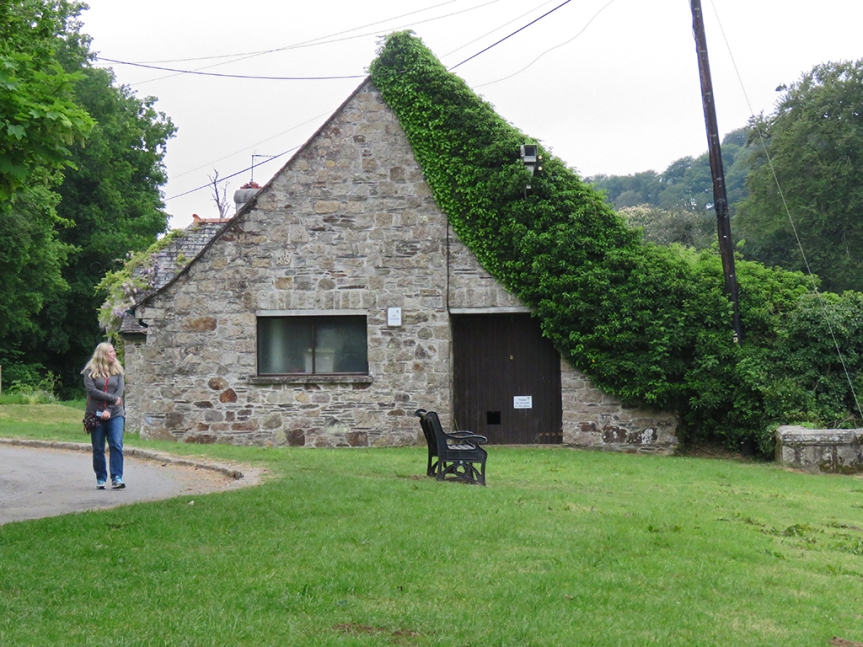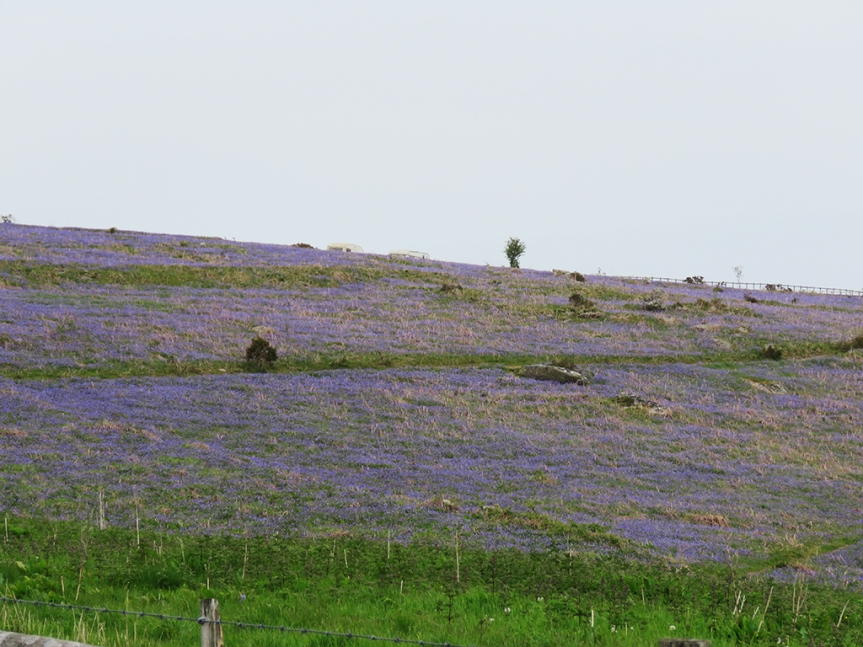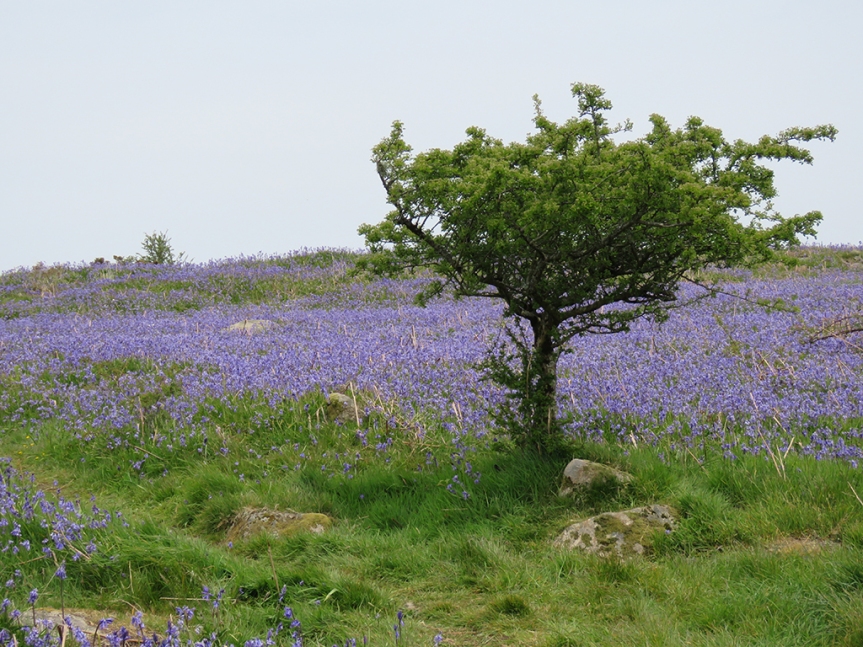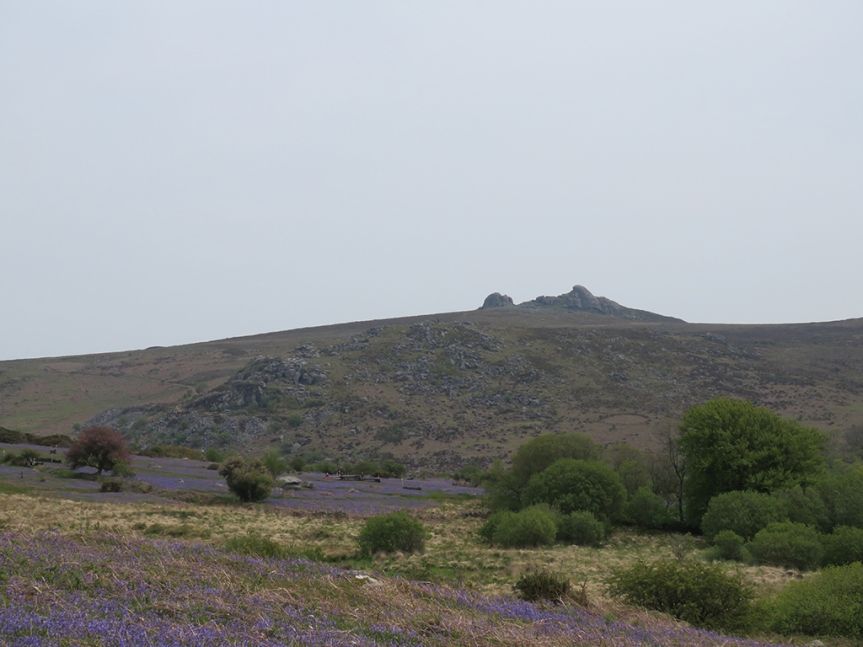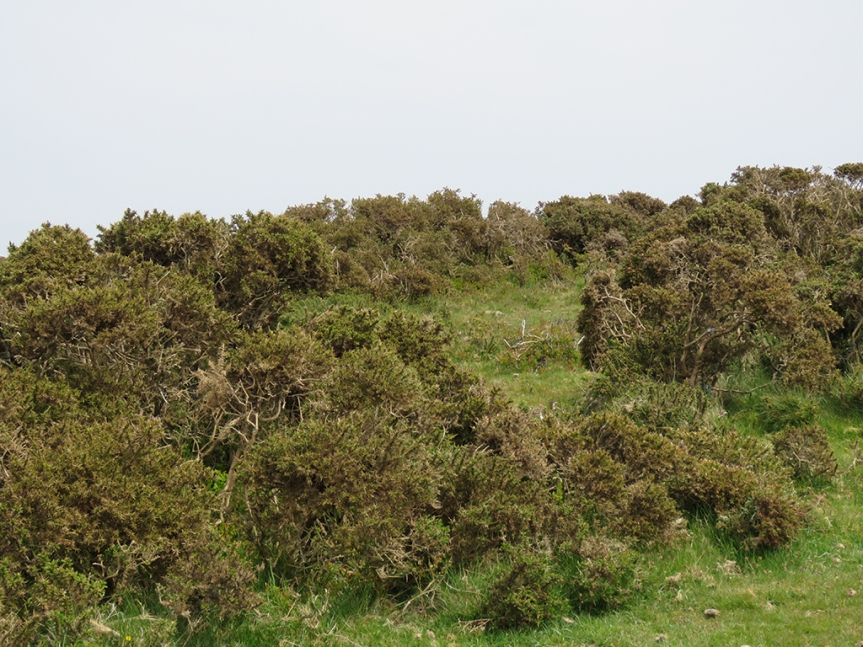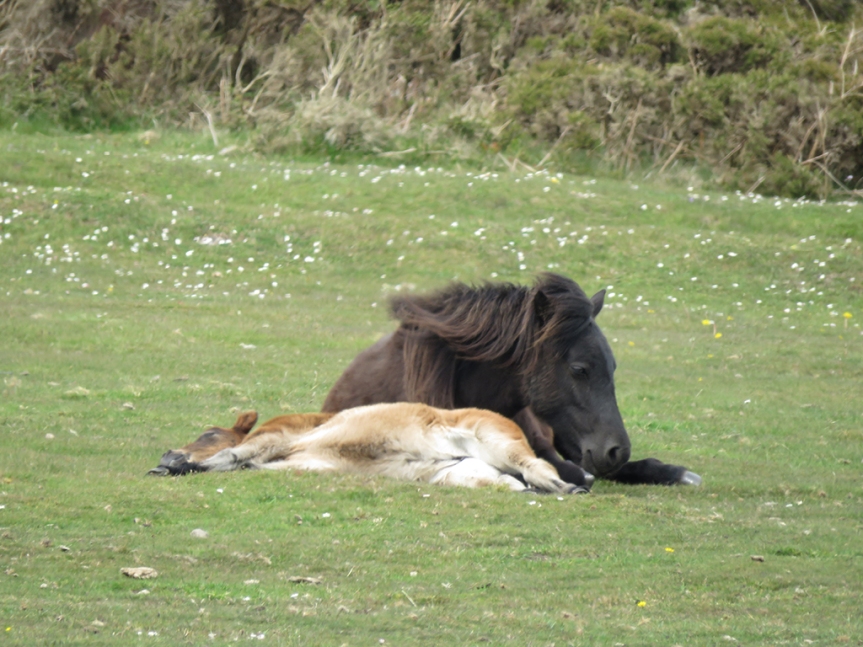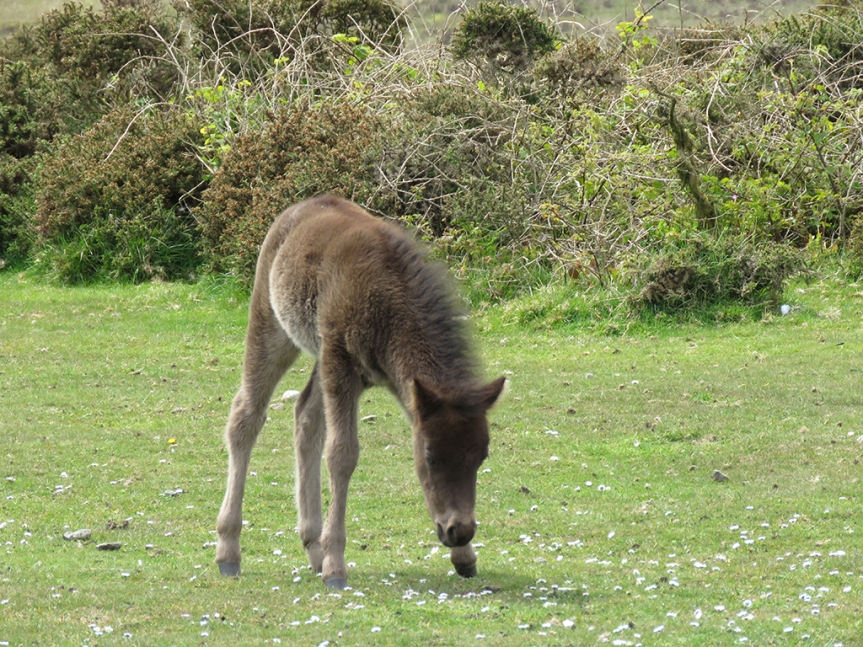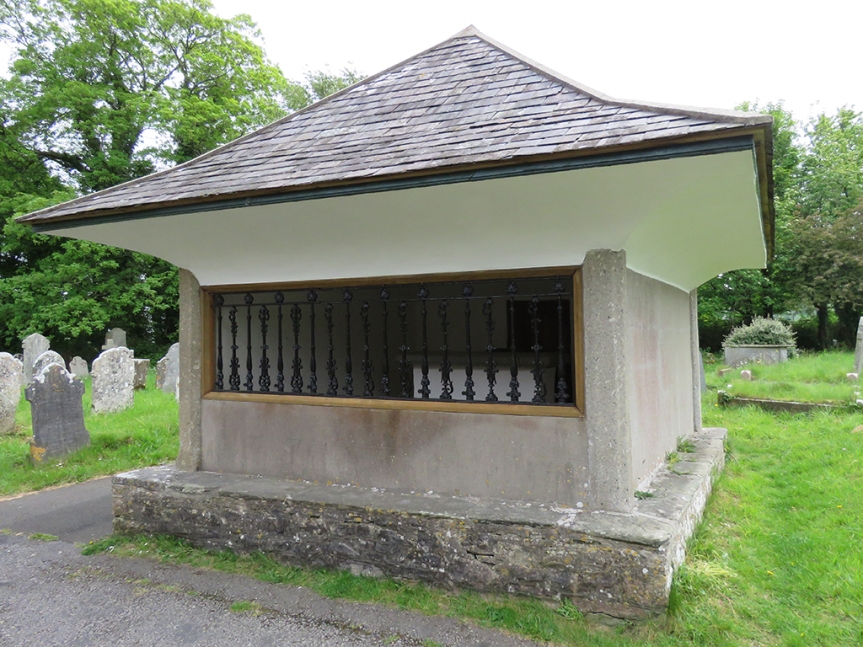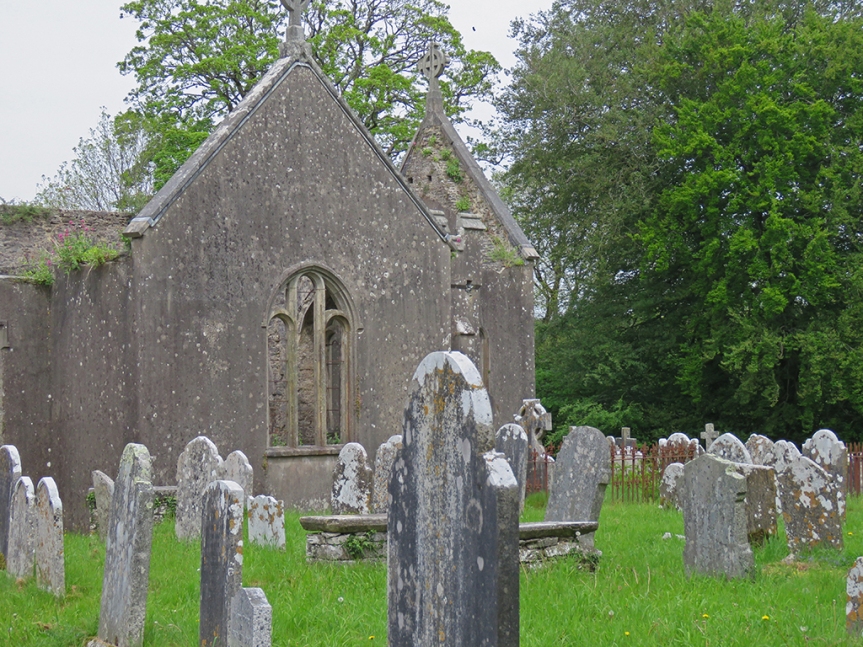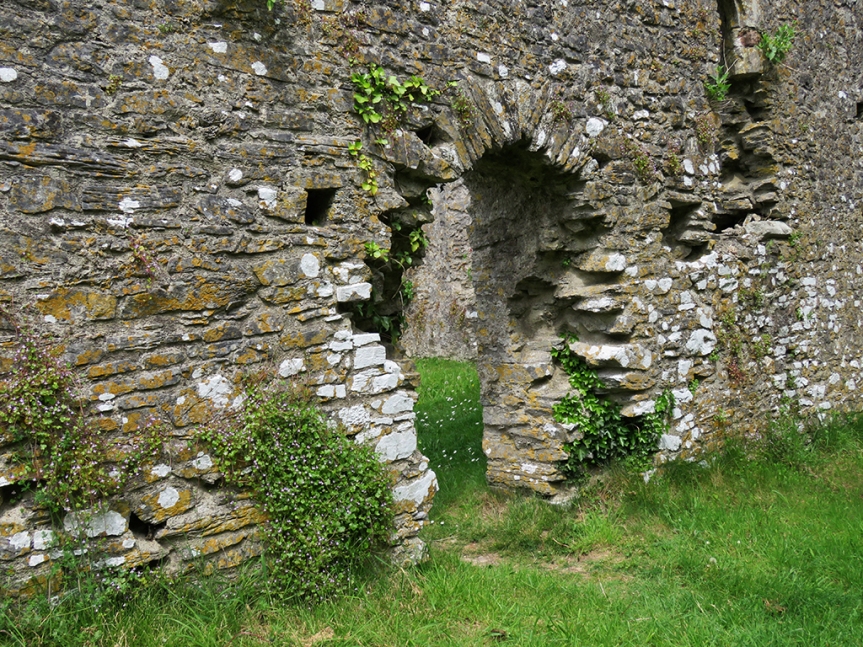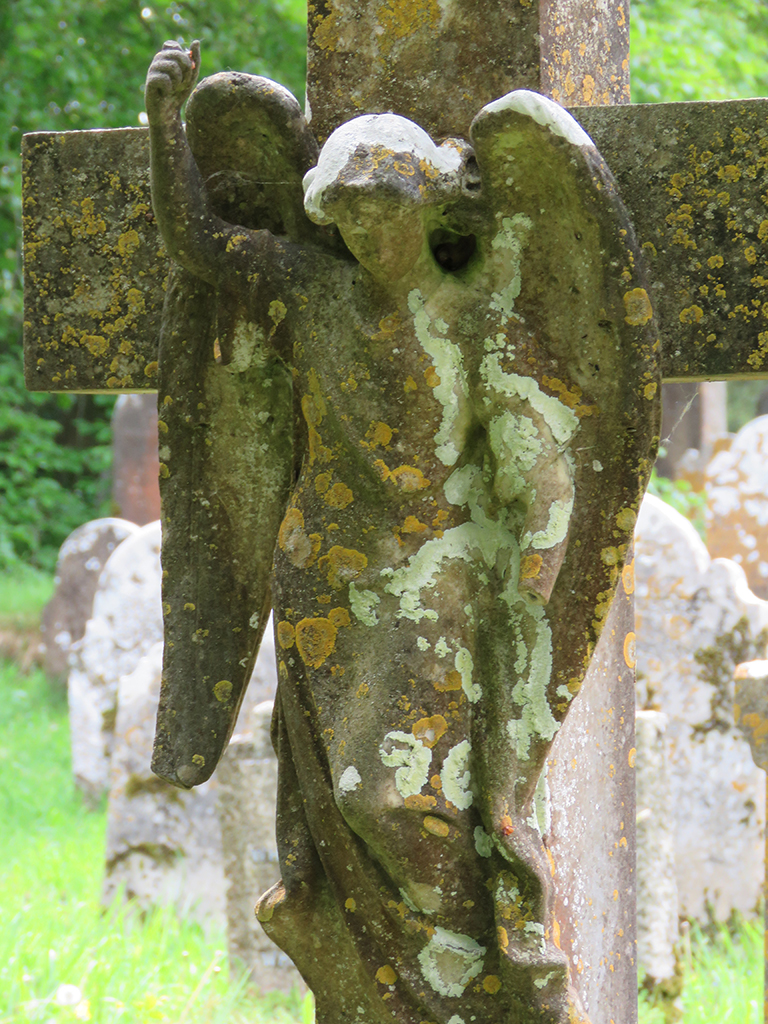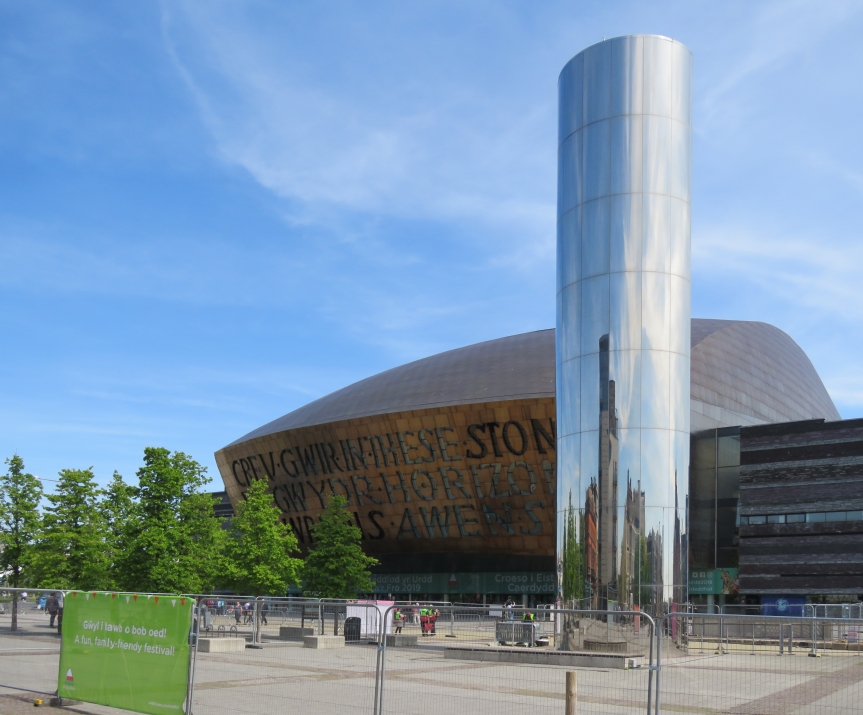Posted March 22, 2020
May 22, 2019
Our final “big day” on our UK trip was back to Wales and a tour of the Big Pit National Coal Mine in Blaenavon (that’s near Pontypool, if that helps?) [map]. Last active in 1980 after 100 years of operation, the mine is now run as a museum and national heritage site. Most of the tour guides are former miners who, along with their first-person accounts and in-depth knowledge of mining history, have become perfect ambassadors for their contributions to history.
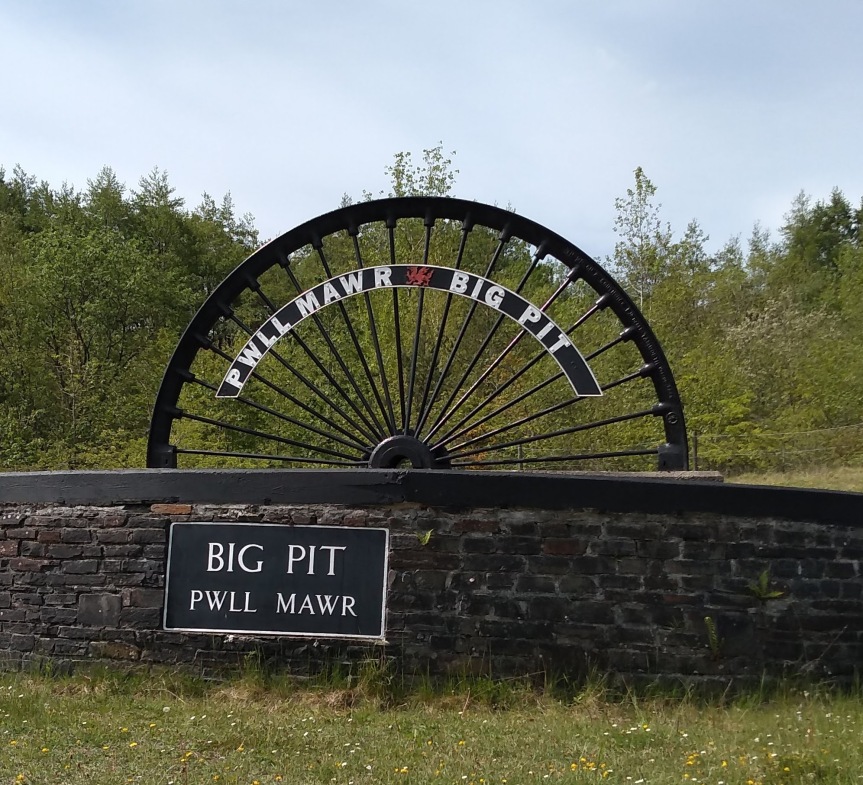
Mrs. Lonely Birder’s family comes from a strong tradition of mining and related work in the coal regions of Appalachia. Generations of her family have worked the mines and even lived in mining camps and towns. These people are hard working and proud. There can be no denying coal’s importance to the development and transformation of modern life around the world. As we struggle to adapt to new power sources and new understandings of the environment, it’s all too easy to lump in the miners and the equipment operators and the truck drivers with the “coal industry” and bad mouth the whole lot. Fossil fuels are indeed responsible for as much negative transformation of the environment as they have been necessary for the advancement of modern technology. Even as that trade-off has become unbalanced and we recognize the need to move away from coal and other fossil fuels, we should not forget the debt we owe to the miners and their families for providing the power to live our relatively comfortable lives.
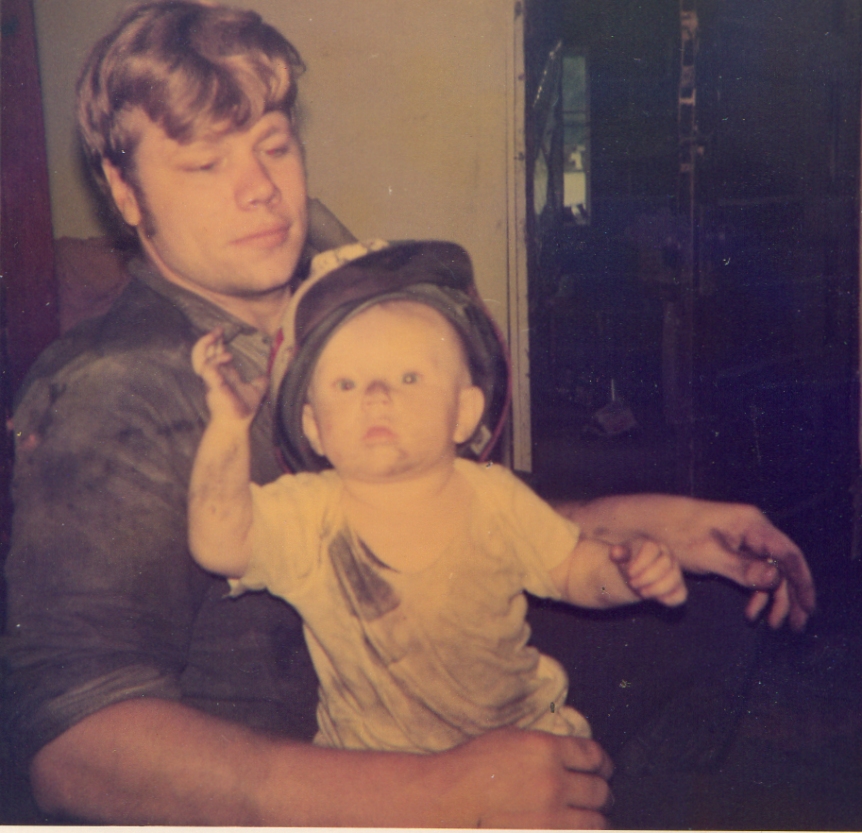
It was eye-opening to delve into the mine and see the conditions and equipment used through the 100 years of mining on-site. Some of the scenes depicted in the display spaces and videos would be instantly as recognizable to someone from West Virginia as Wales.
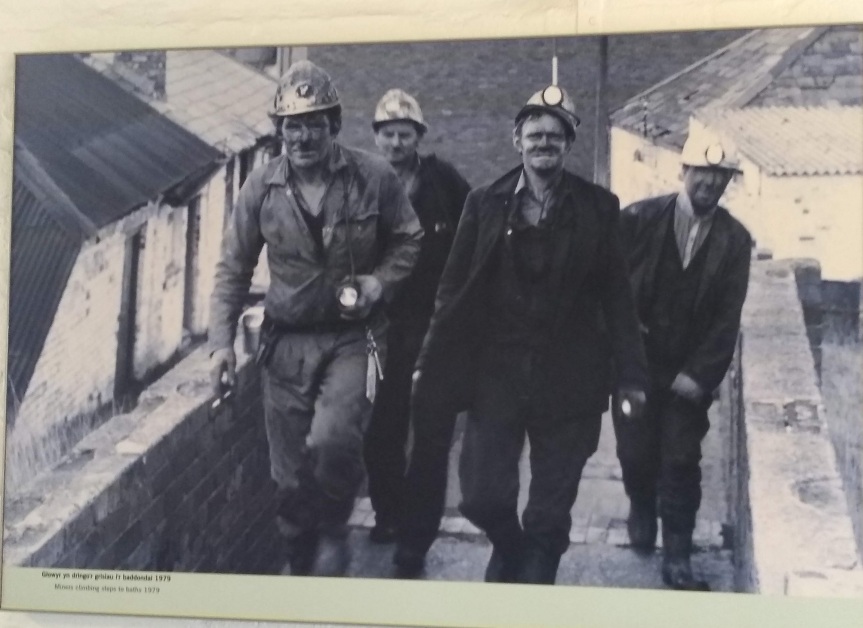
They did not allow any photos to be taken inside the mine. We rode the same cage (the large elevator) as the miners did when the mine was operational, and observed the same safety rules. Nothing was allowed down the mine that could generate any kind of spark. There was always the danger of natural gas or coal dust exploding, more then than now. But it’s better to be safe than sorry.
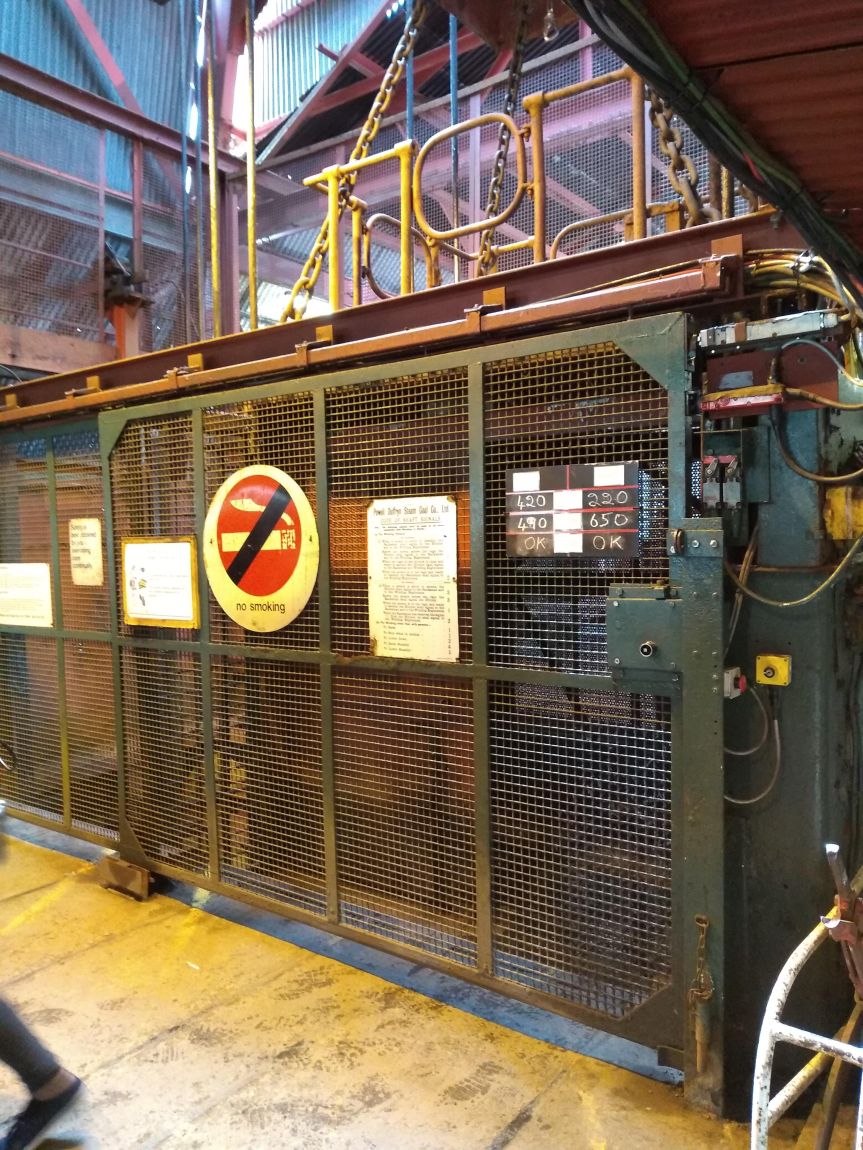
We saw some areas that were restored to a turn of the 20th Century set-up, with pit pony stalls and equipment. These ponies might not see the light of day for their whole lives once in the mine. That finally changed when mining safety and health regulations were changed and they were allowed on occasion to have a break and more humane treatment by the early 1900s. Human health and safety regulations were also updated. Child labor was common throughout the 18th and 19th Century coal mines, but eventually was legislated out.
A few more displays showed the working mine through the 20th Century, leading up to it’s eventual closure in 1980. By then, the mine was not profitable enough to keep open.
Intermission: Roast Ox Crisps
After our mine tour, I had one bit of unfinished business that I was finally able to complete on this trip.
Years ago my life was changed when my big brother and I stumbled onto the local PBS channel showing this amazingly violent (at least for its time) and hilarious comedy from the UK called The Young Ones. Think “The Three Stooges” meets “Monty Python’s Flying Circus,” and you’re most of the way there.

The show ran for 2 series in the early 1980s, and was important for introducing me to the band Motorhead during one of the show’s at-times random musical intermissions.

One episode has the boys head to the local pub, where Madness is just finishing up a set. Vyvyan is about to go order their food at the bar, and Neil asks for something vegetarian so Vyvyan promptly orders a bag of roast ox crisps.
Imagine as a preteen in 1980s suburban America, where at the time the most exotic crisp (potato chip) was probably either salt and vinegar or if you lived near Canada, ketchup. Roast ox chips sounded so preposterous and amazing!
Fast forward to The Big Pit mine visitor’s cafeteria in 2019. I’d mentioned roast ox crisps during our trip and had been told by our friends that THEY DO EXIST! It took some time and hunting, but finally we found some in the snack bins. They were every bit as amazing and terrible as I had hoped!

My friends and followers in the UK are probably wondering what the fuss is about. After all, there is a dizzying array of crisp flavors available there (like prawn cocktail and Worcestershire sauce). Only now is the US getting caught up, though the specific flavors differ (grilled cheese and tomato soup and roast chicken are fairly new here).
And We’re Back
After leaving the mine, we stopped in Newport on our way back to Bristol to check out the Newport Transporter Bridge [map]. This engineering marvel was built in 1906 as a means of crossing the River Usk, which had some specific challenges. The banks are low, but the span quite wide. A bridge needed to span the distance while allowing for ships to pass, and a drawbridge would be impractical. The solution was to erect two tall towers on either side and have a transport car, hung from above, operated by cables. This way, the transport car would be safely on the banks of the river while a ship passed.
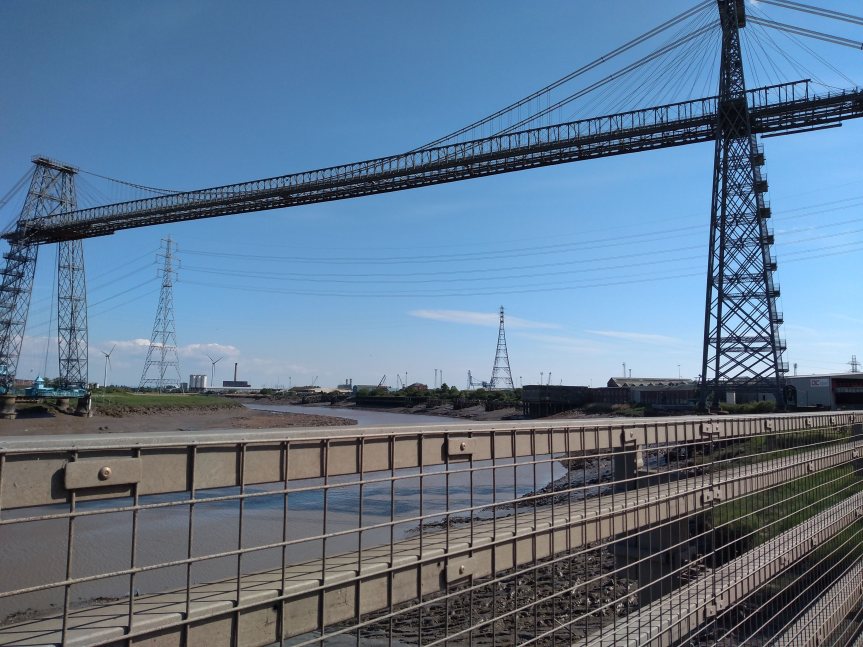
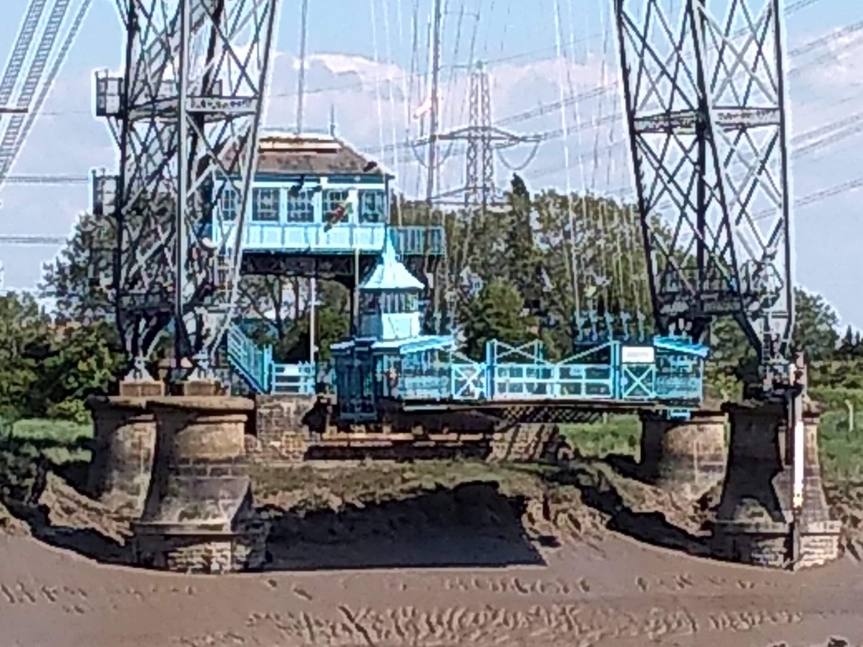
On the day we went, the gondola was closed for maintenance, unfortunately. But the towers and catwalk above were open. It’s over 60 meters (nearly 200 feet) to the catwalk, up an unrelenting set of stairs. Having spent most of the last 17 years in Florida, you can imagine this was no small task (in fact, it was a crash course in relearning hills and stairs for two weeks, since we arrived).
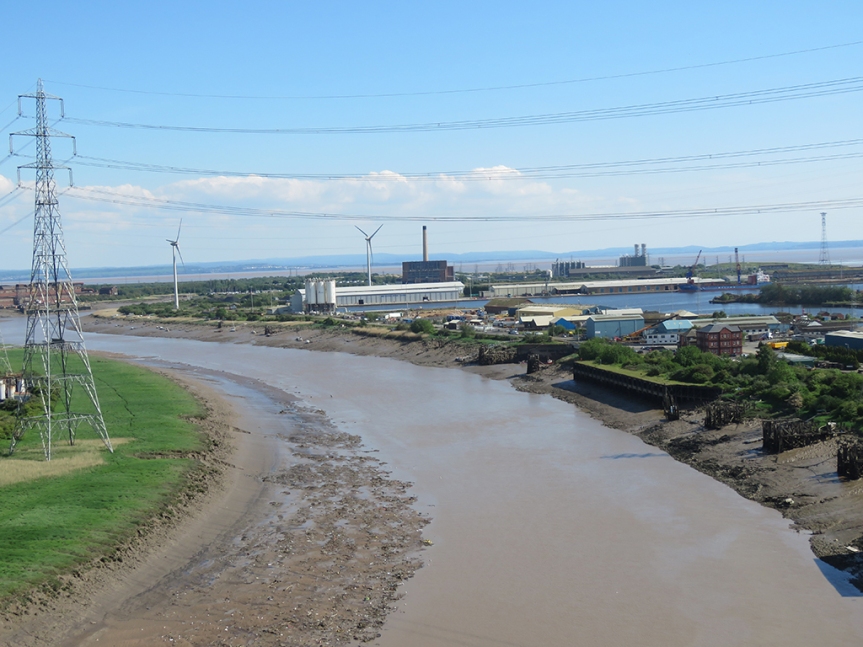
The bridge is open to visitors and tourists until late afternoon, so we had to hurry up and across and back without much time to rest or take in views. Mrs. Lonely Birder opted not to make the climb, so the remaining three of us clambered up.
These catwalks were designed for maintenance, and allow access to the suspension cables and upper superstructure.
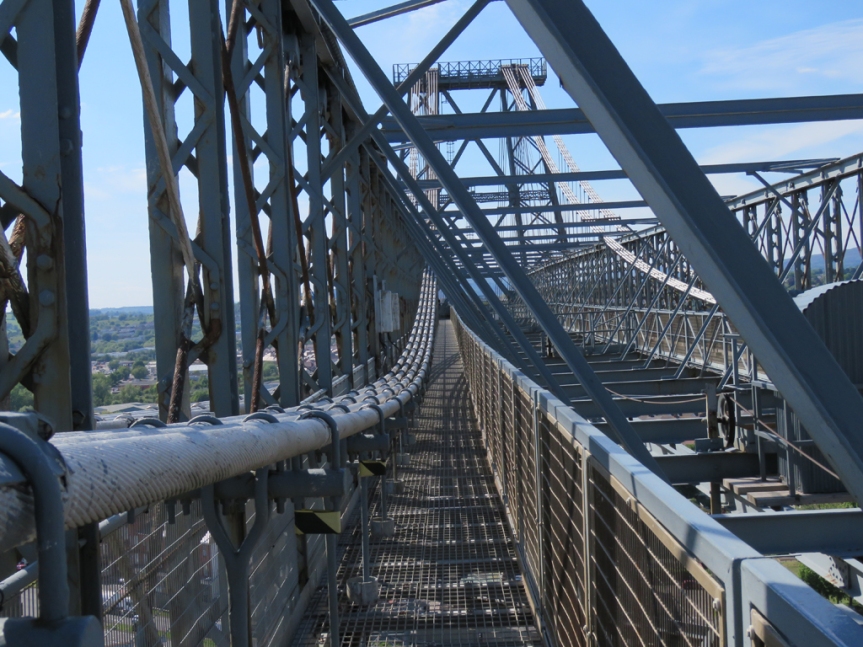
The views we did get from the catwalk were spectacular, and the weather was particularly nice. The River Usk is a tidal river here, and you can see the tide was out, exposing a lot of mud near the river banks.

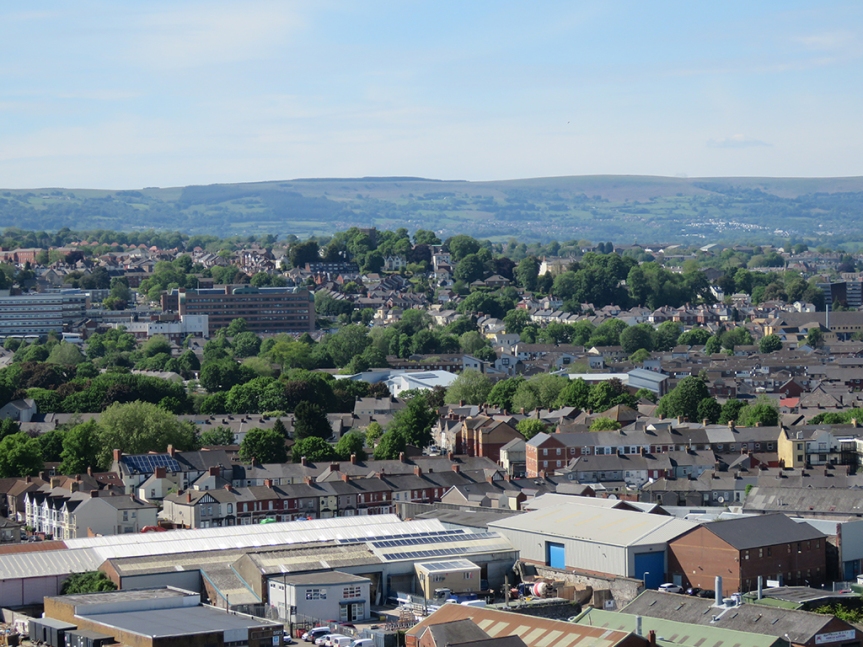
We managed to get back down to the visitor center in plenty of time, and had a nice chat with the person there before heading back to Bristol and getting ready for another evening and then another day. I think Wales is rather pretty, and if we get a chance to go back to the UK, I wouldn’t mind seeing more of it than we had time for. Diolch a ffarwel, Cymru!

